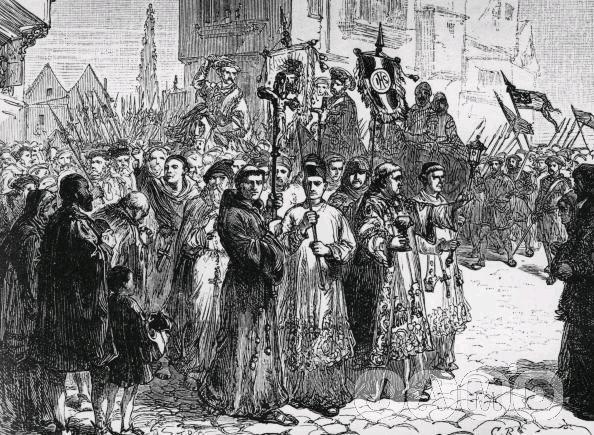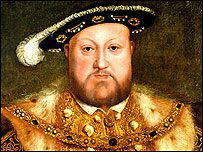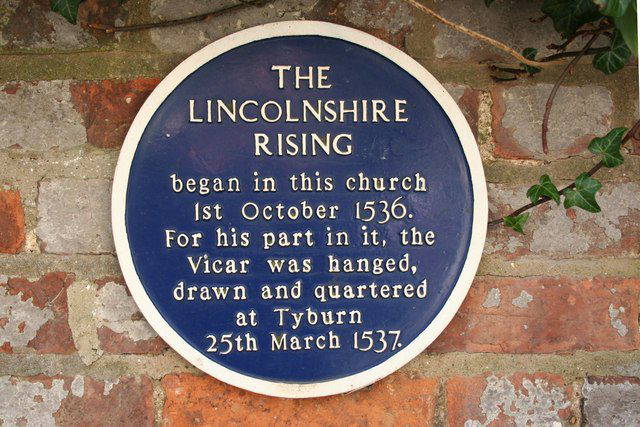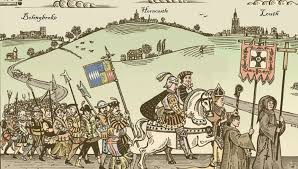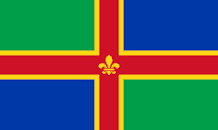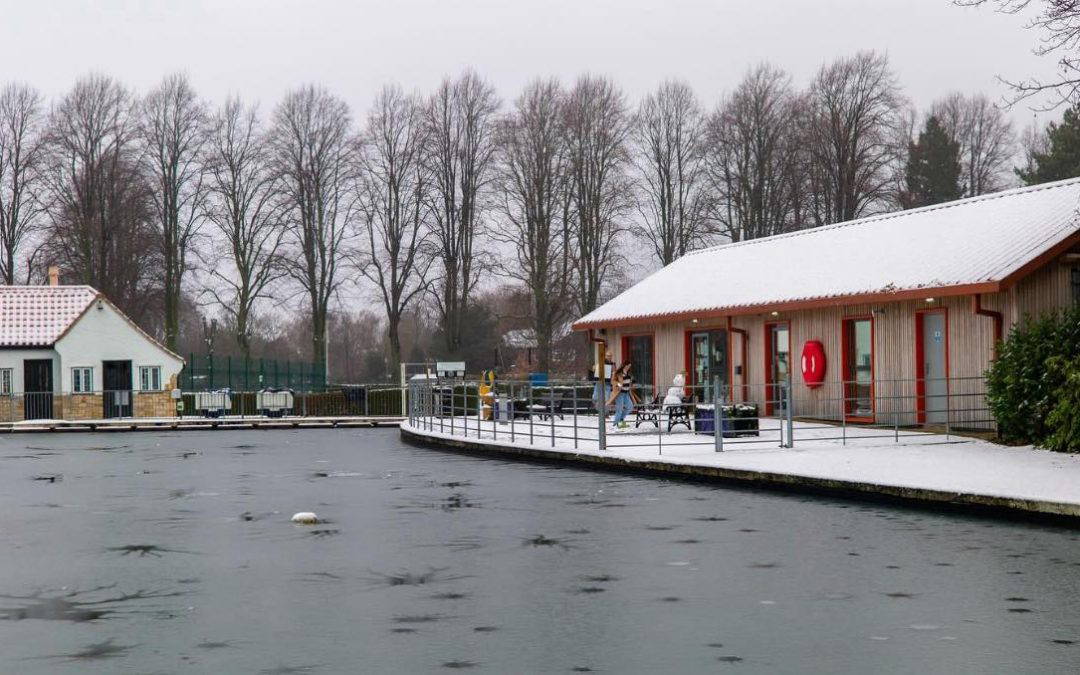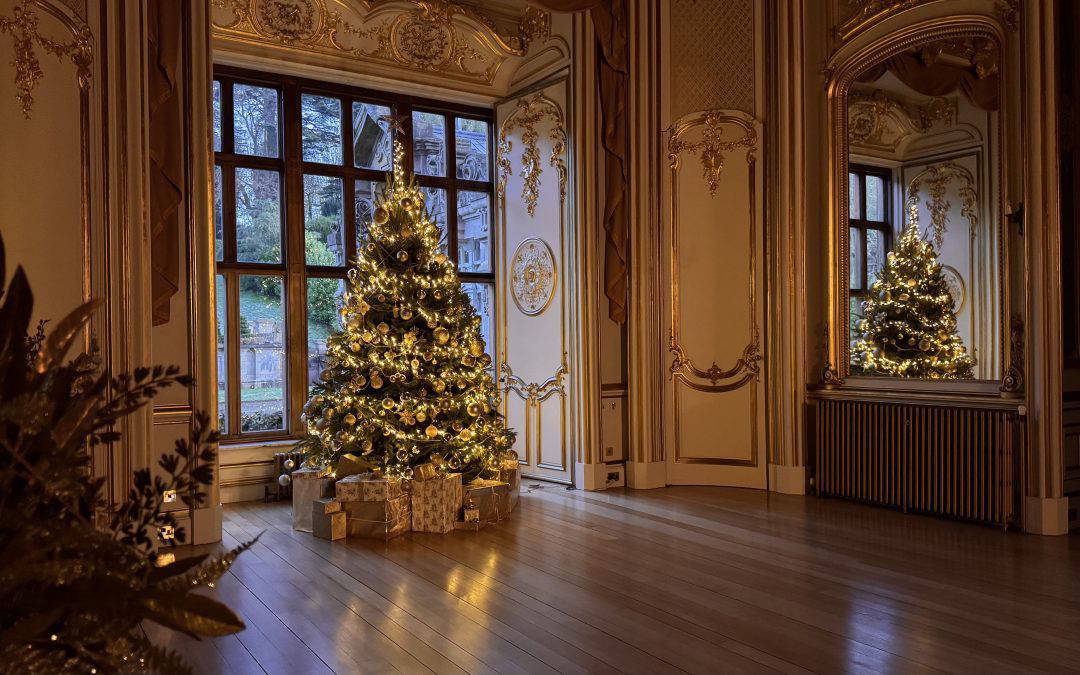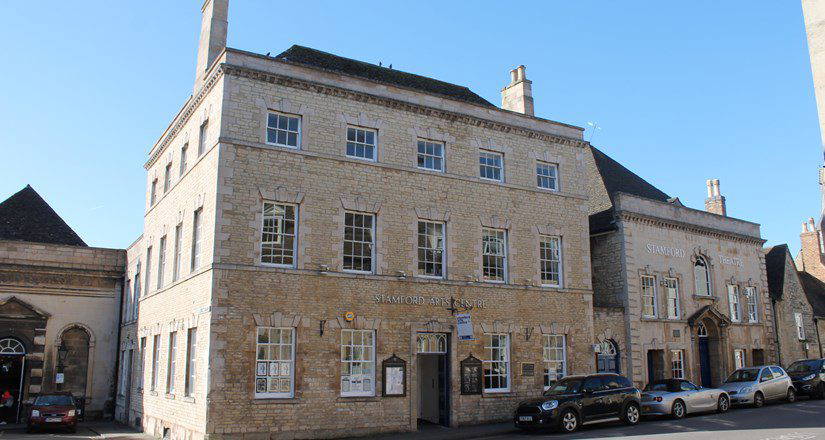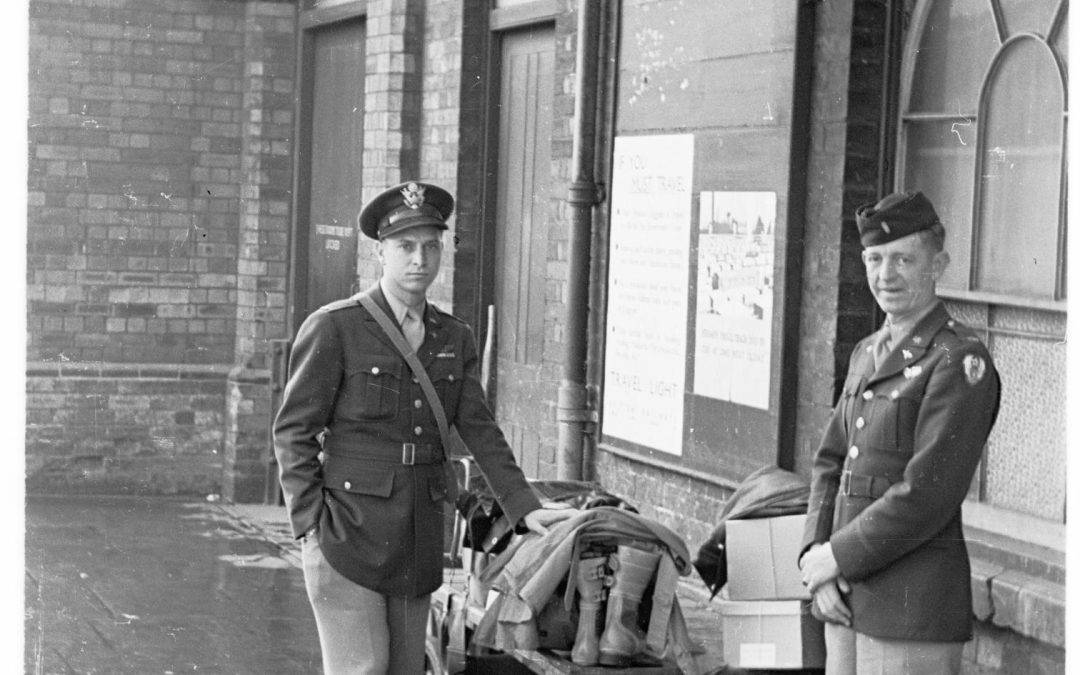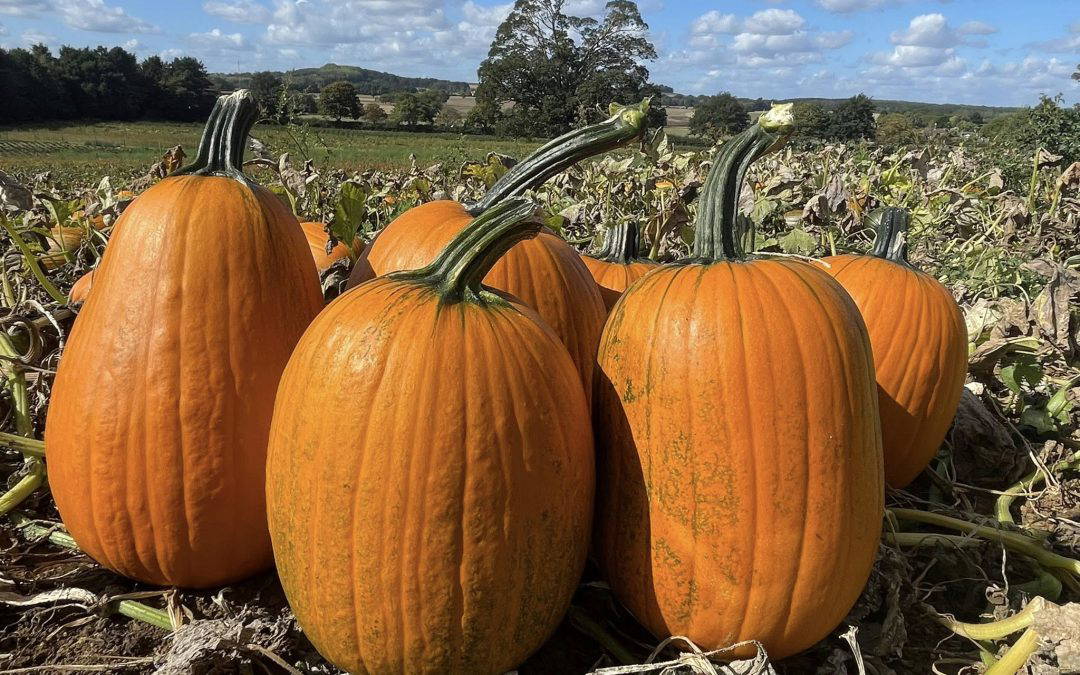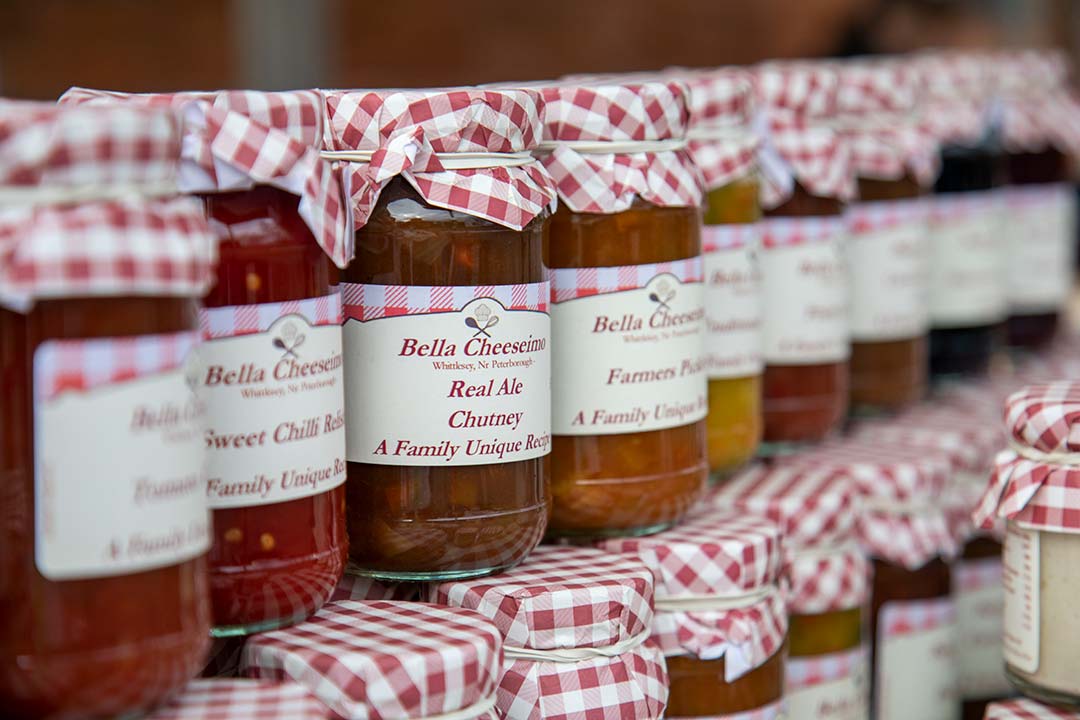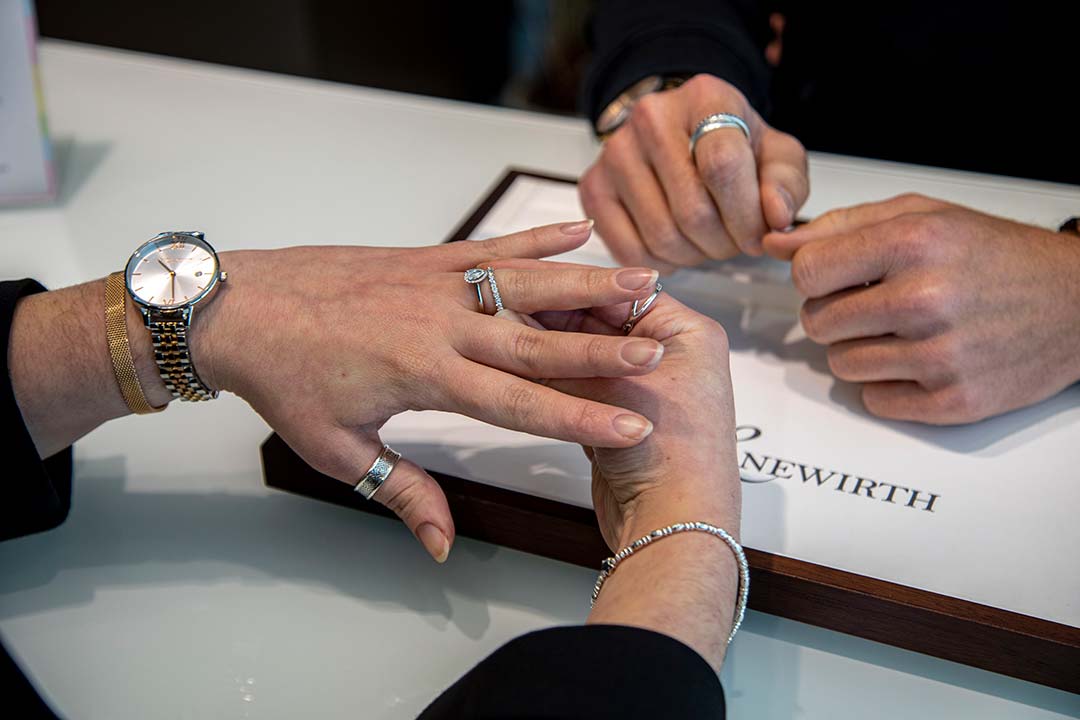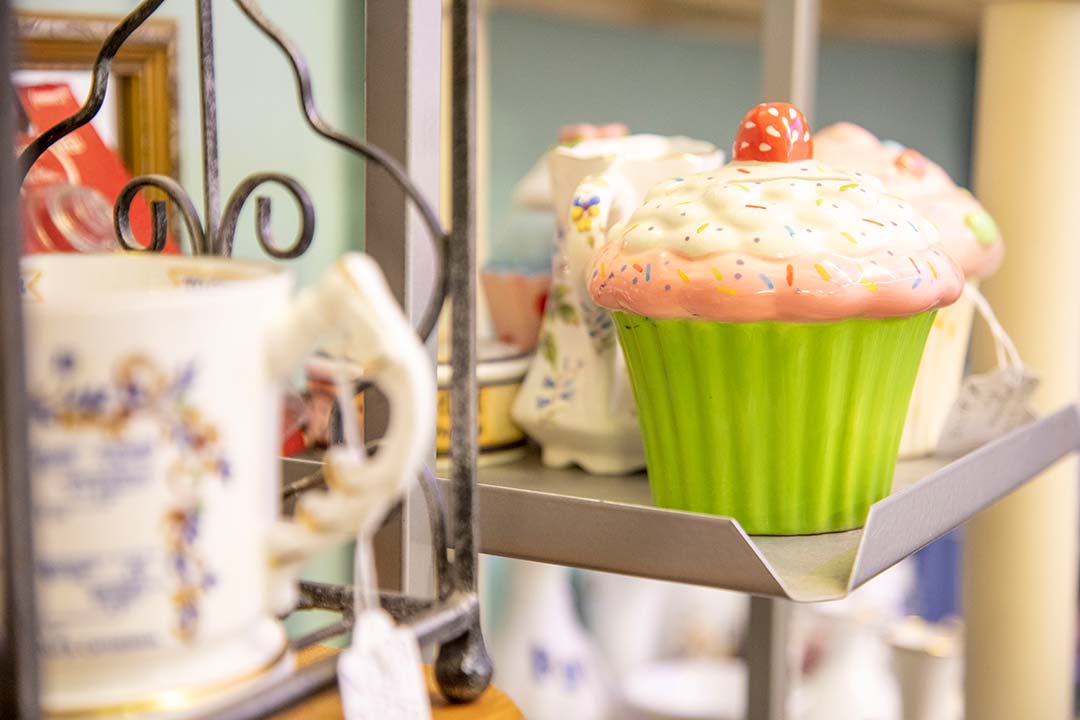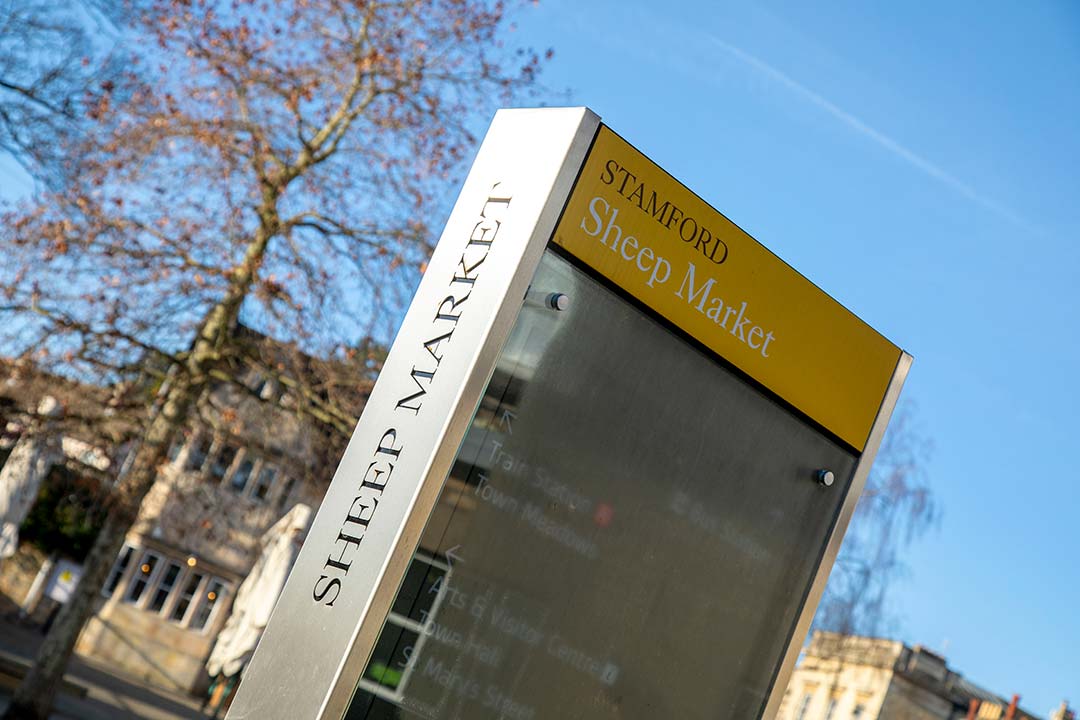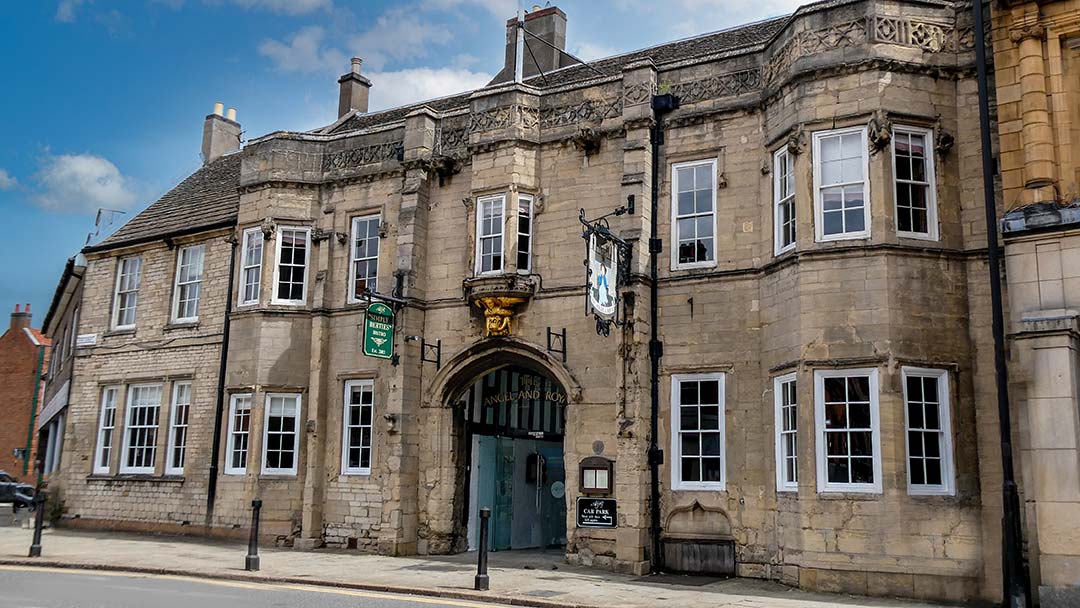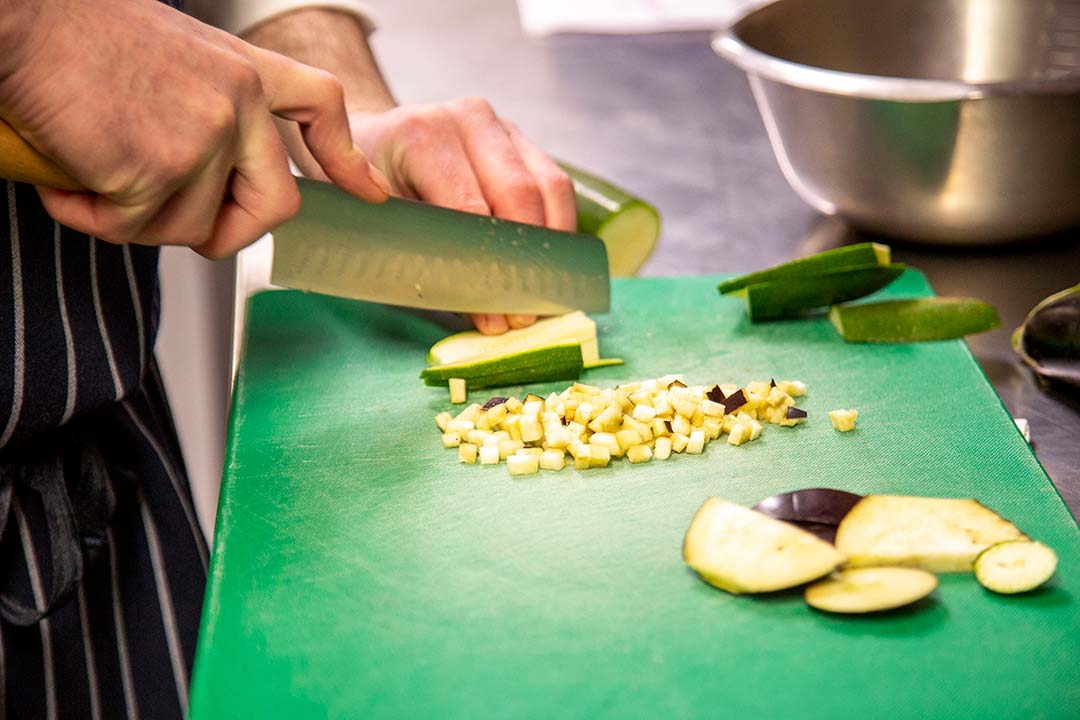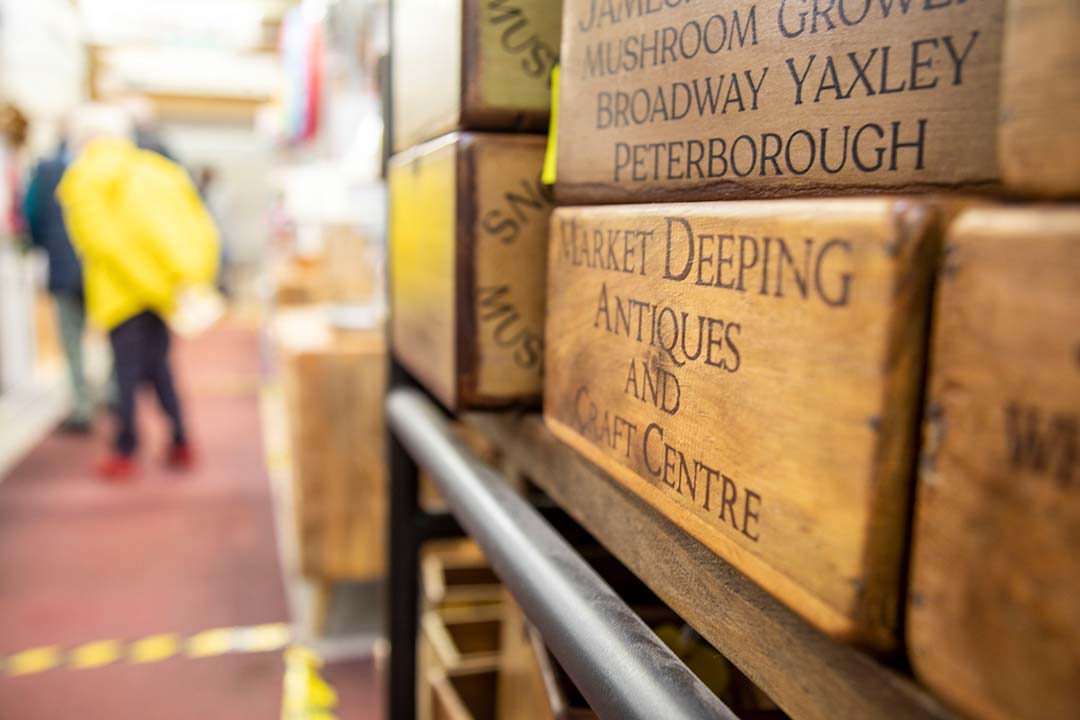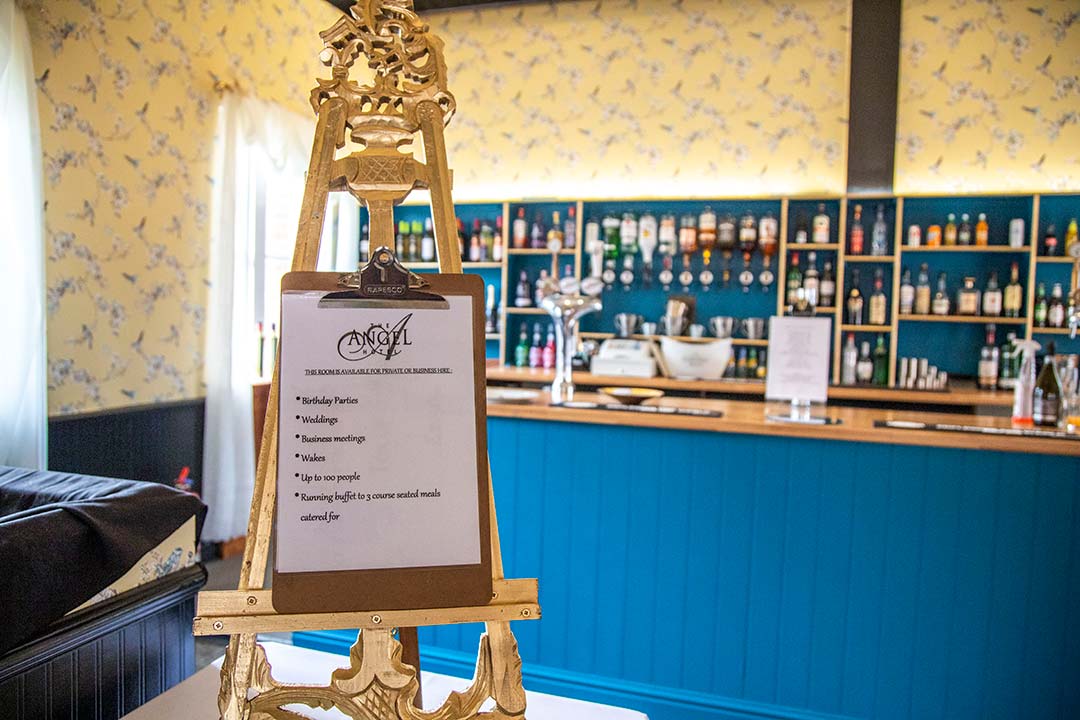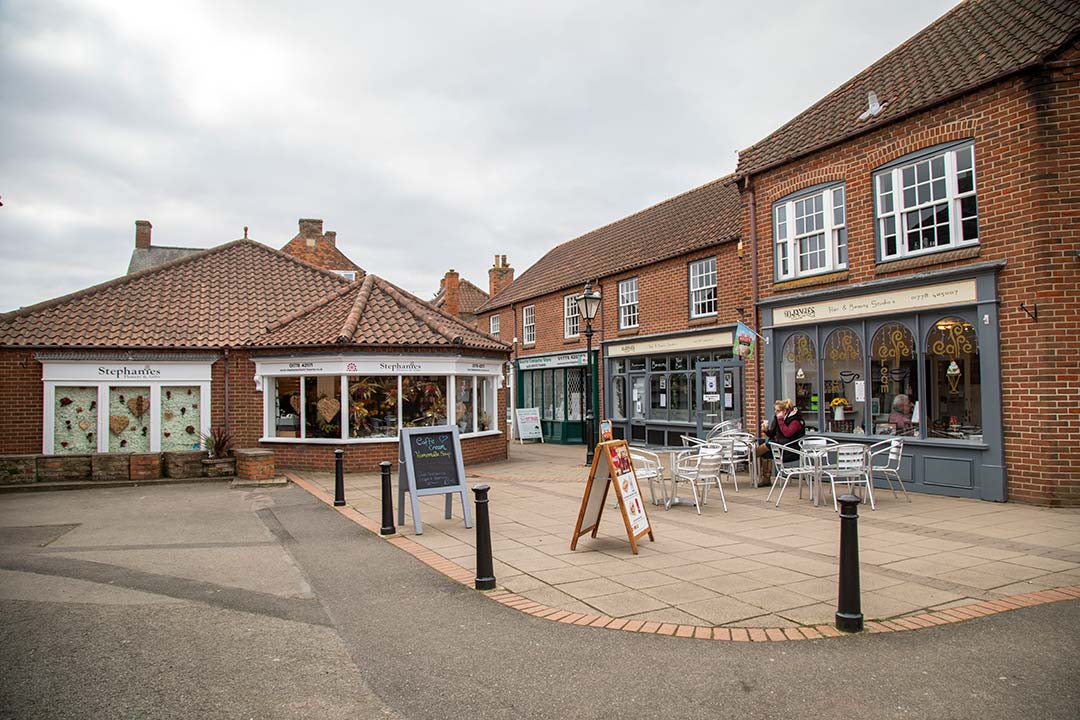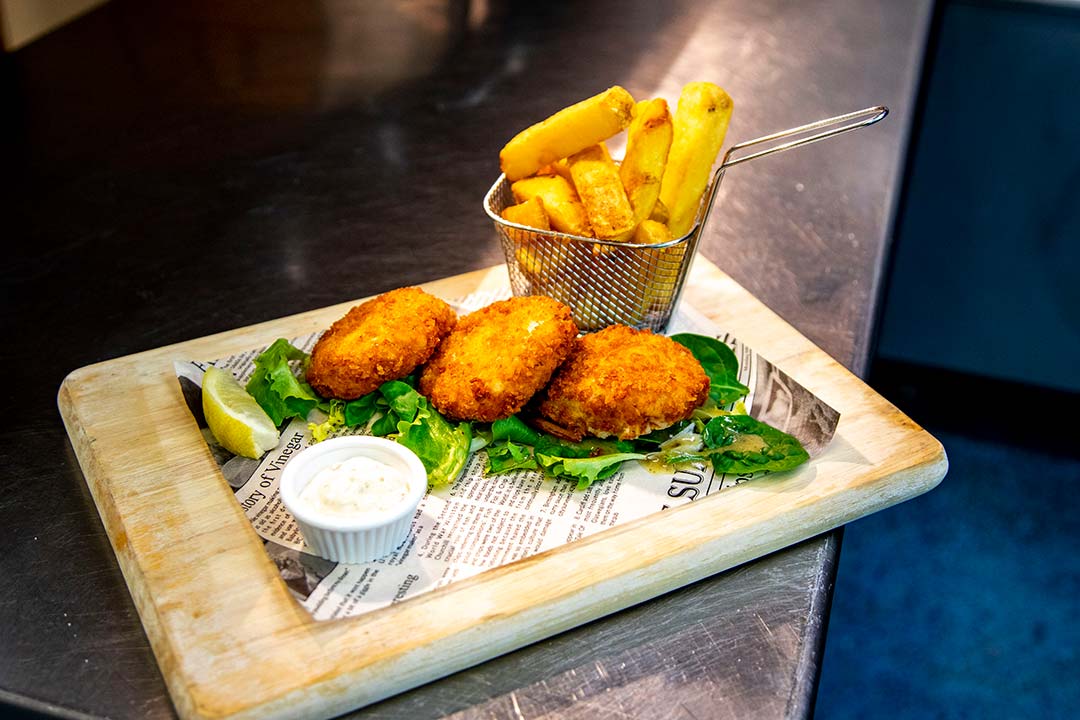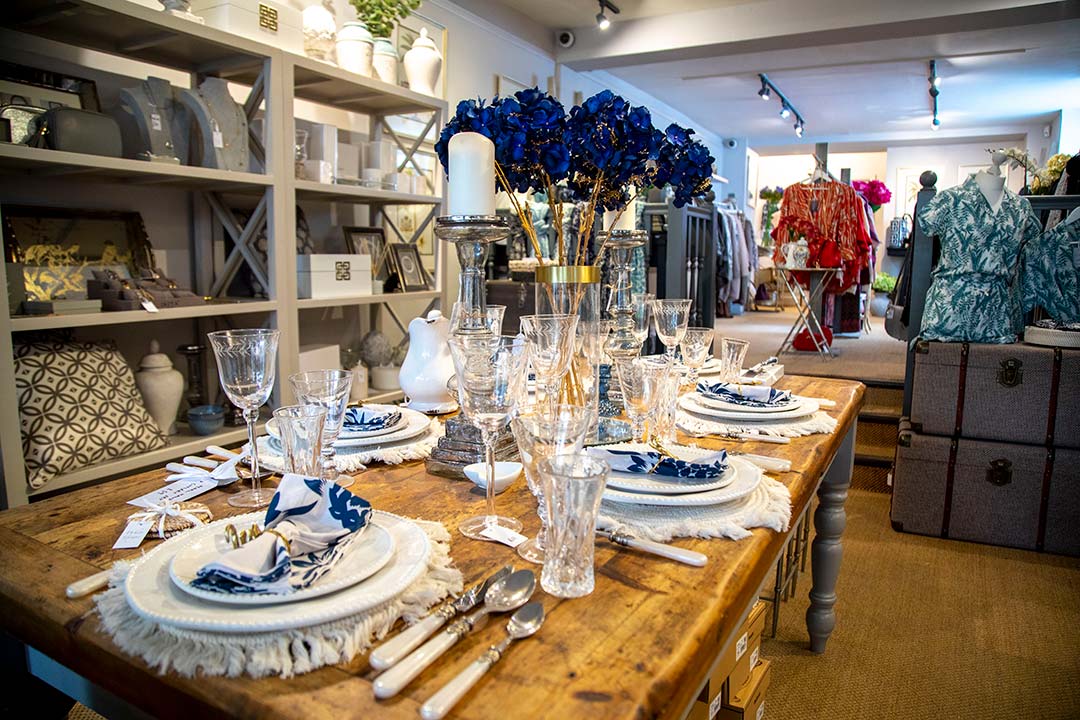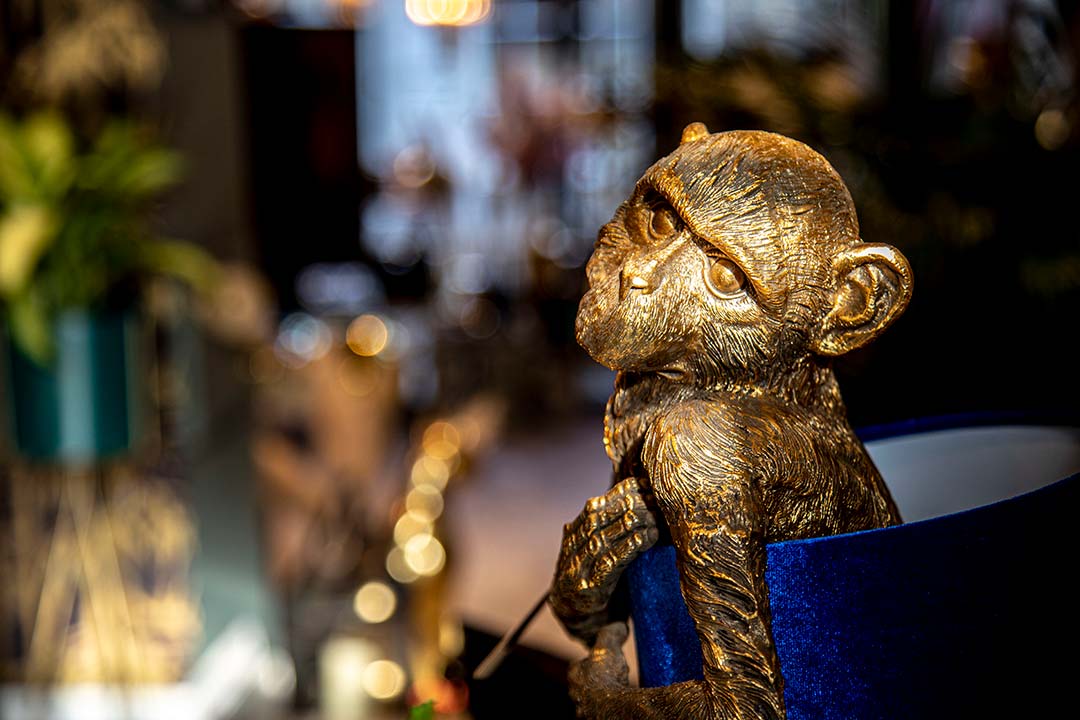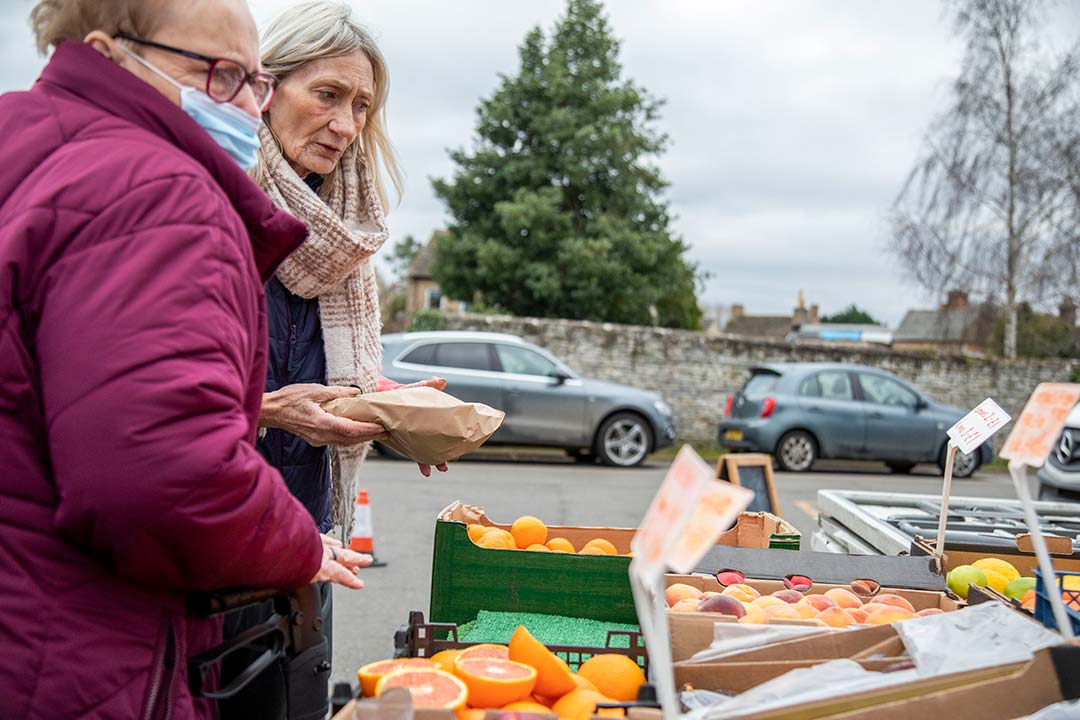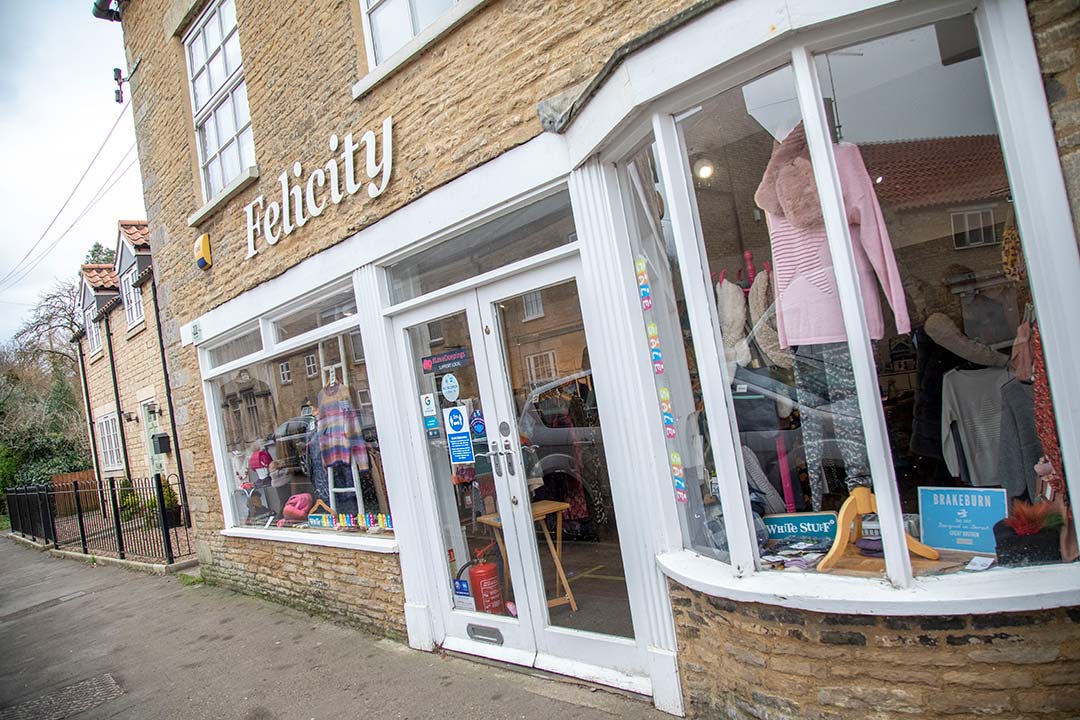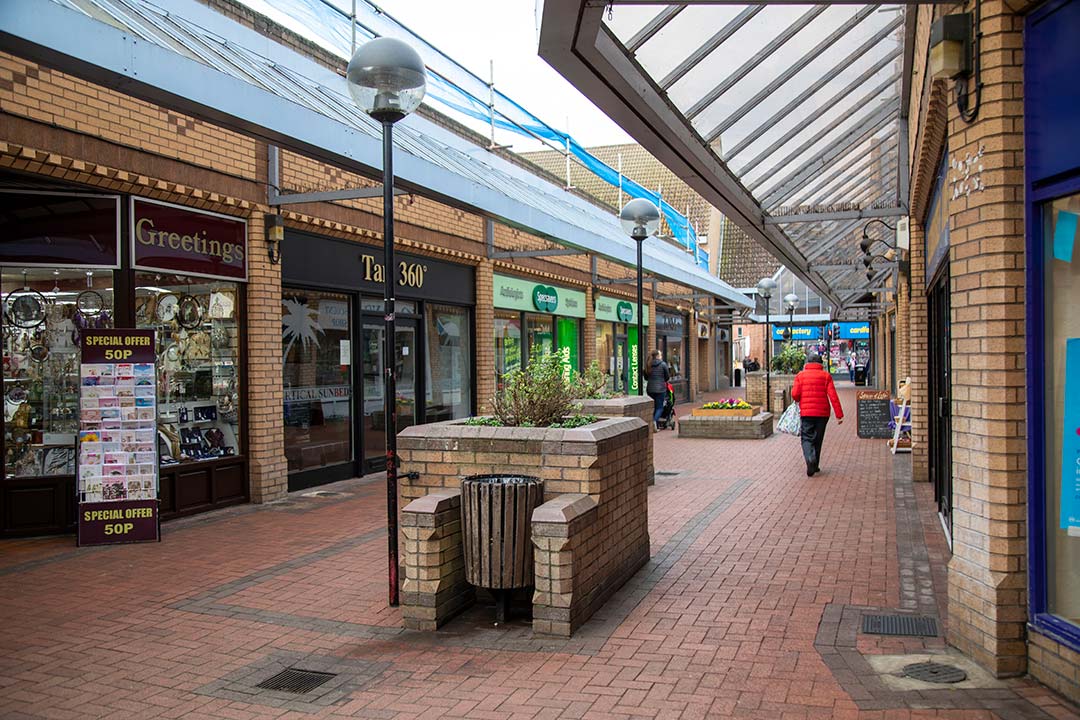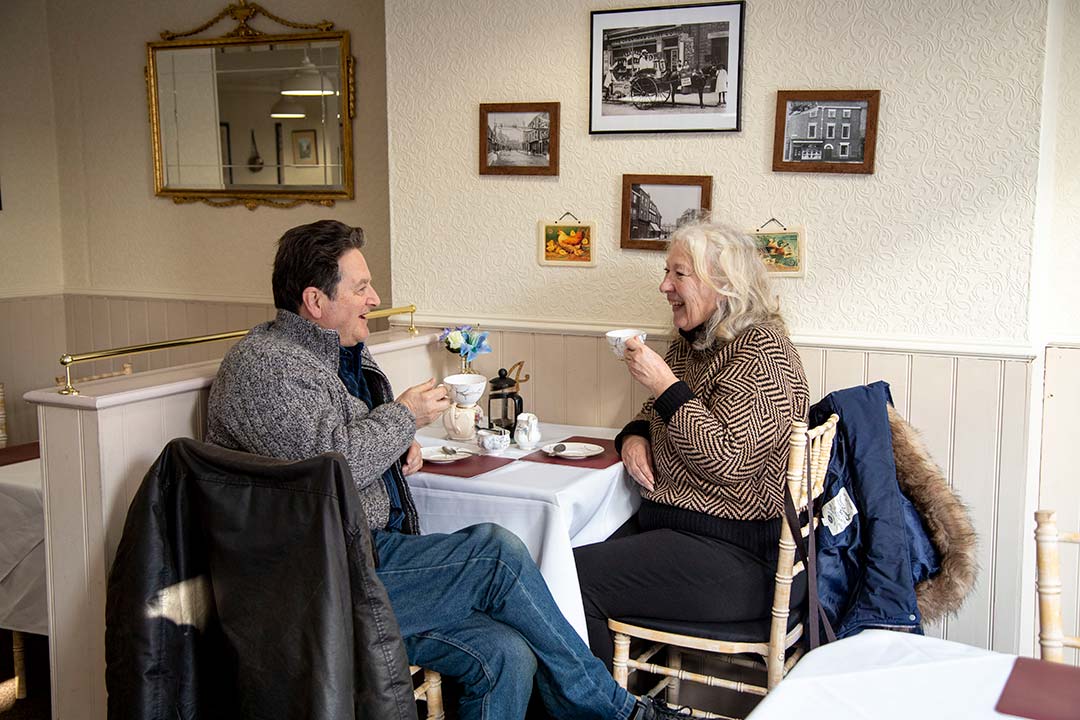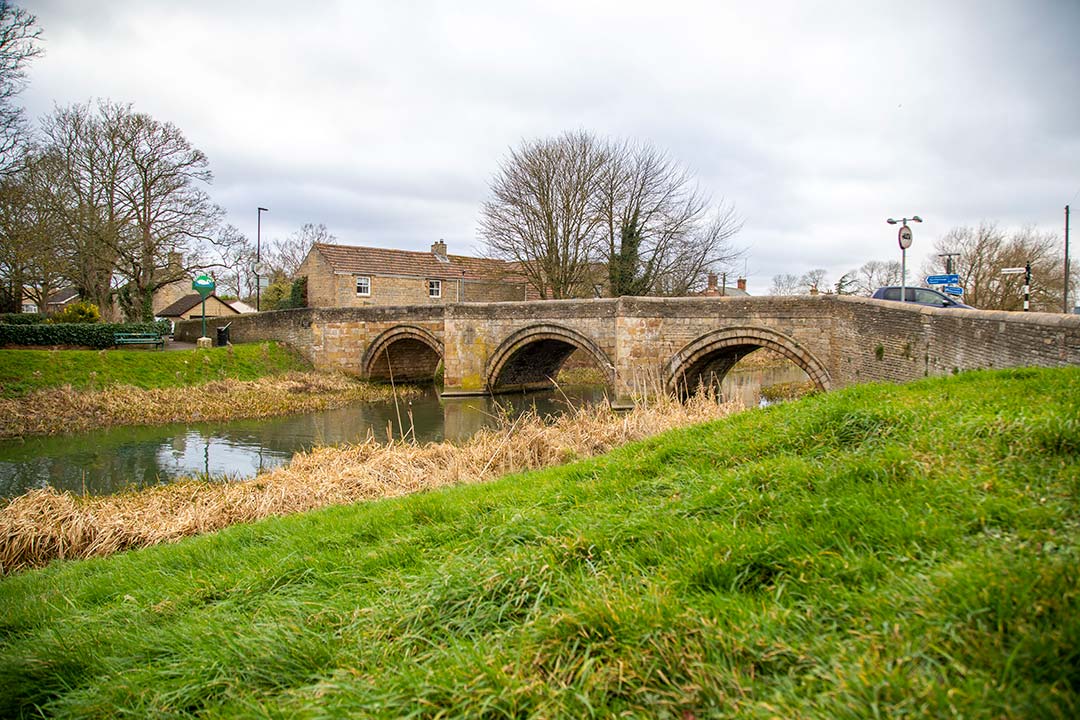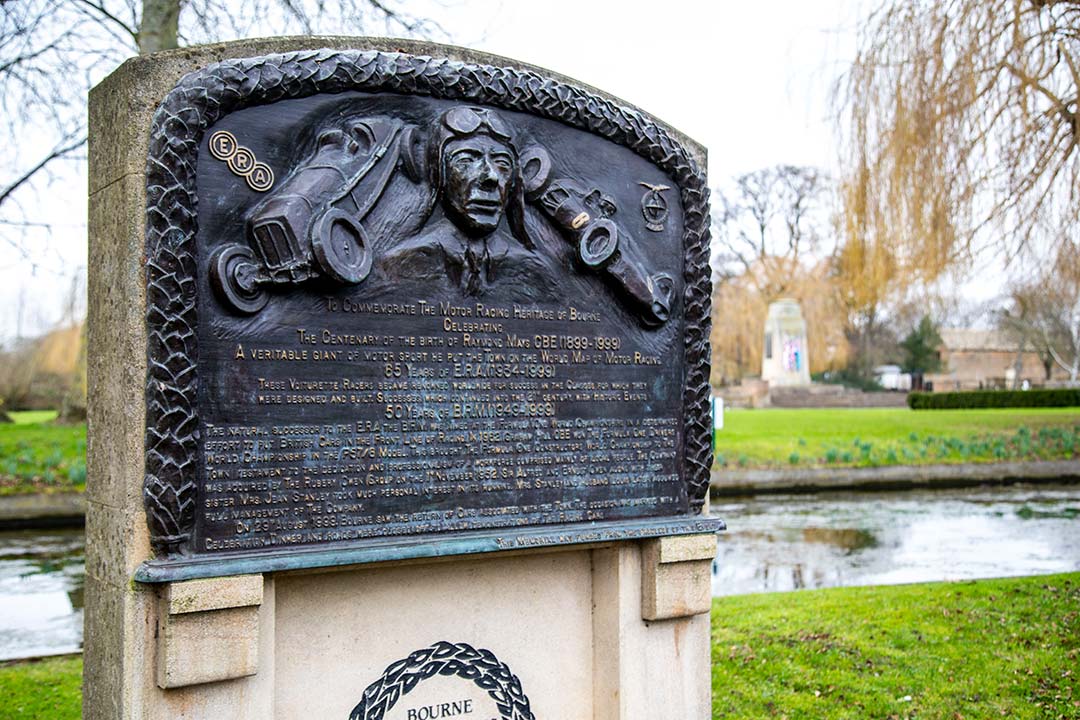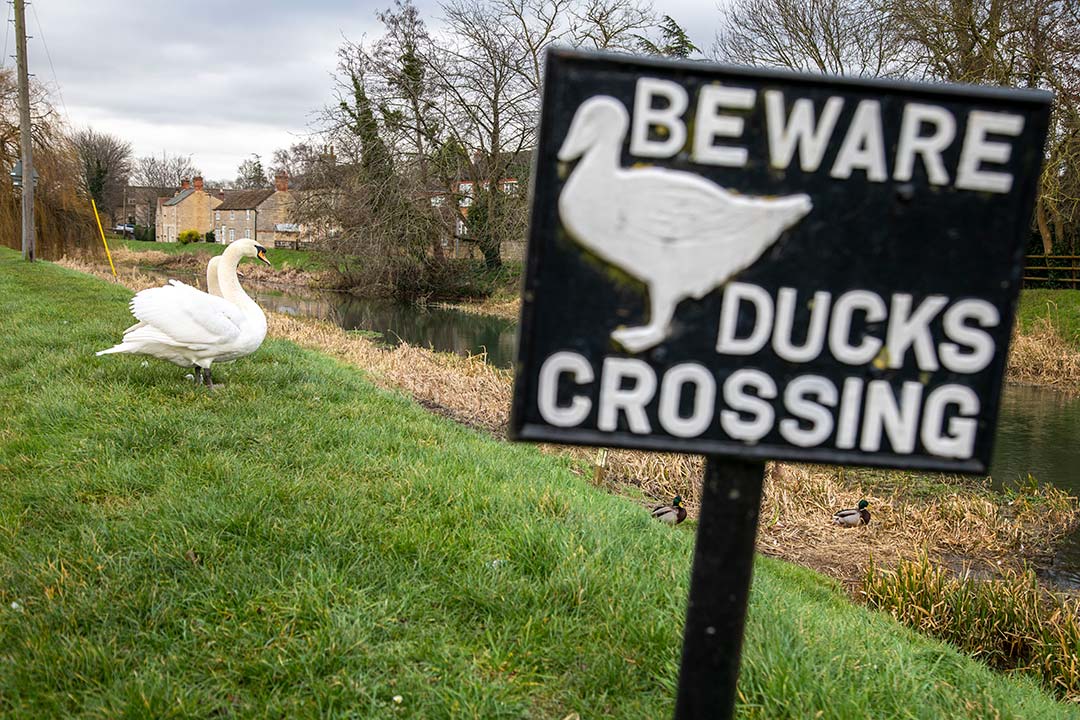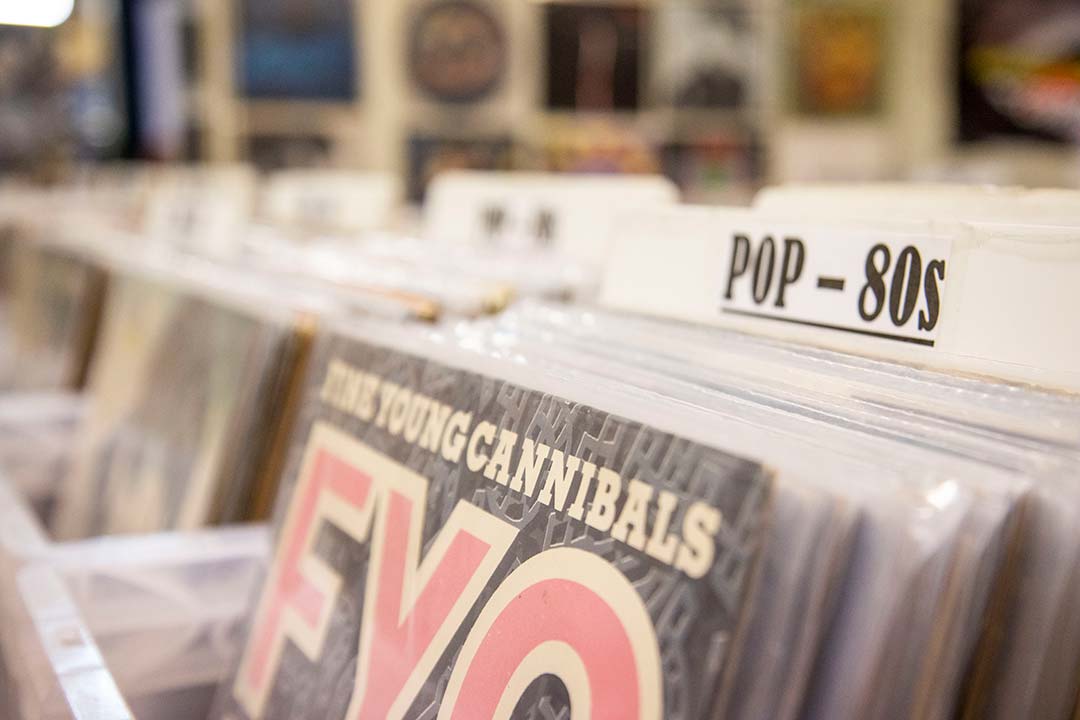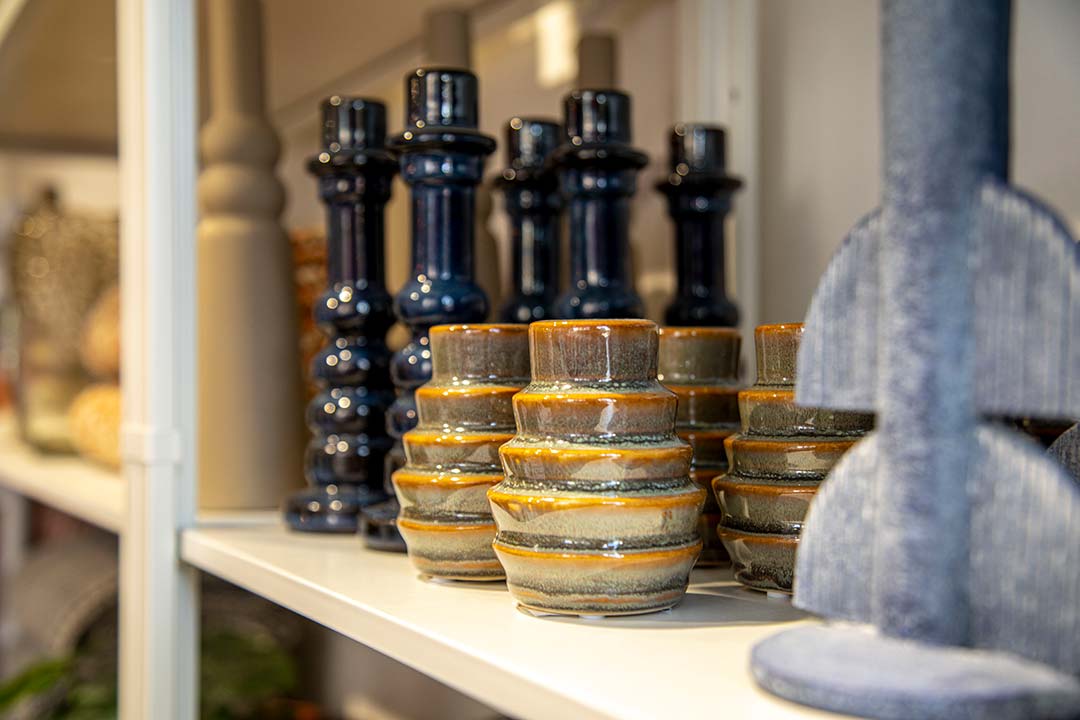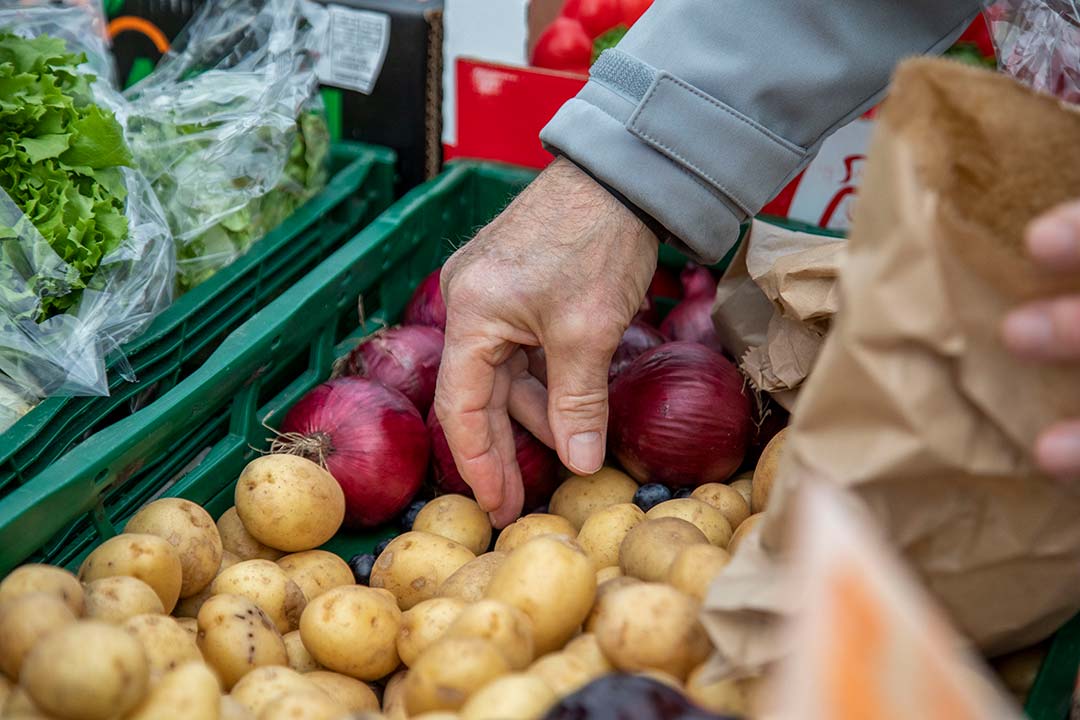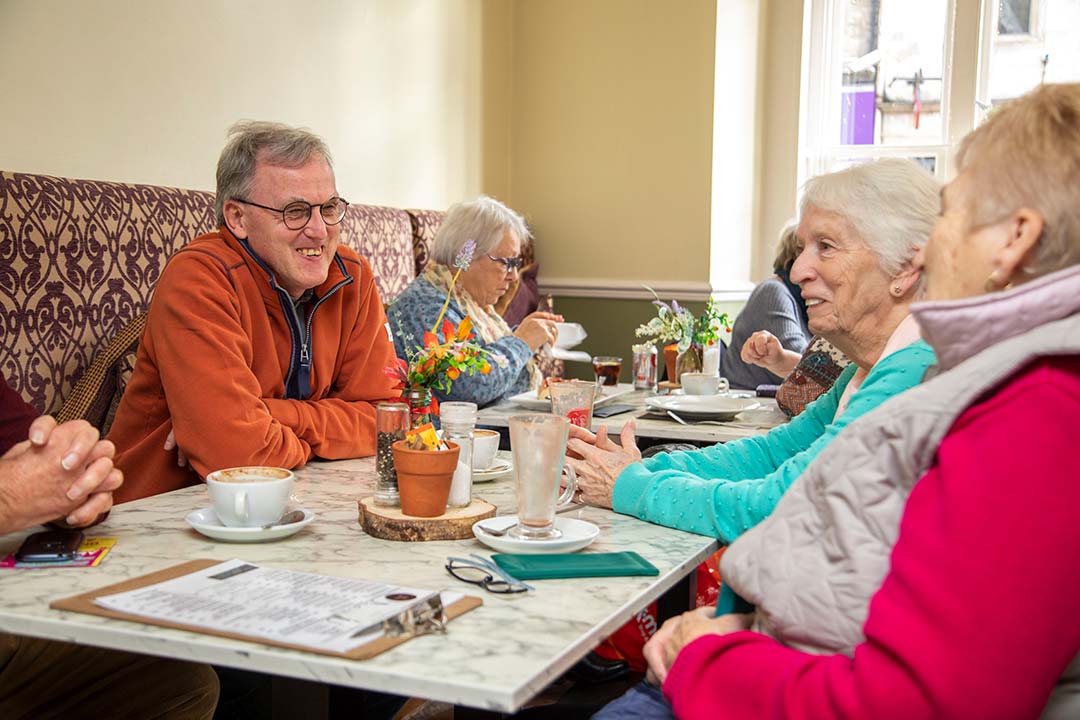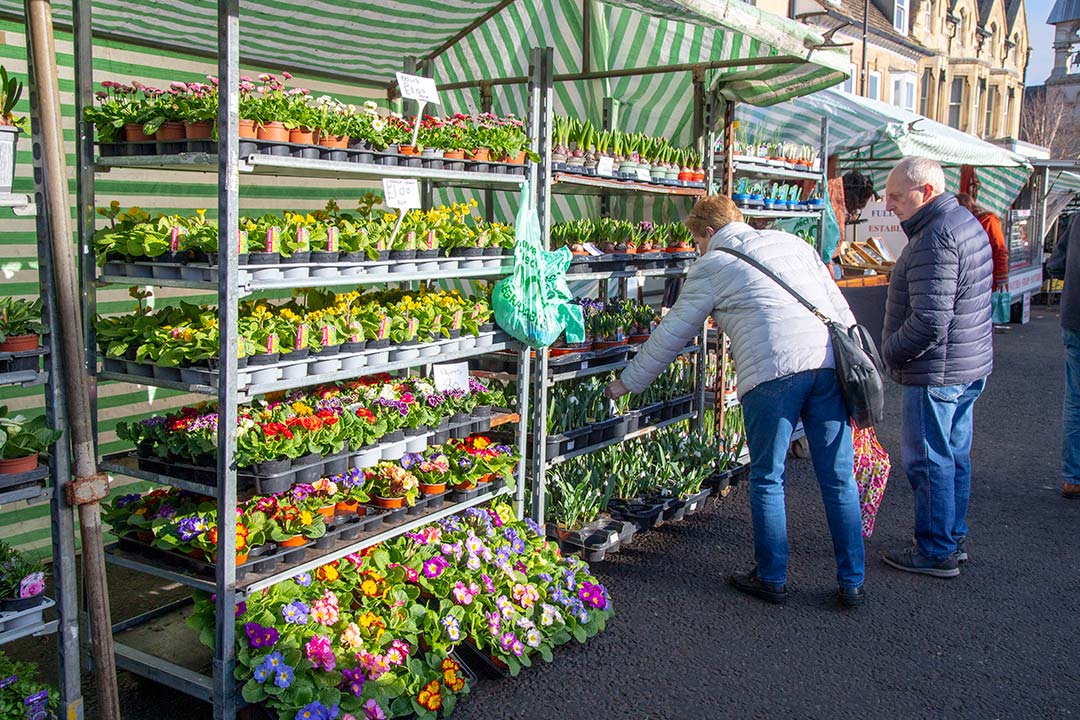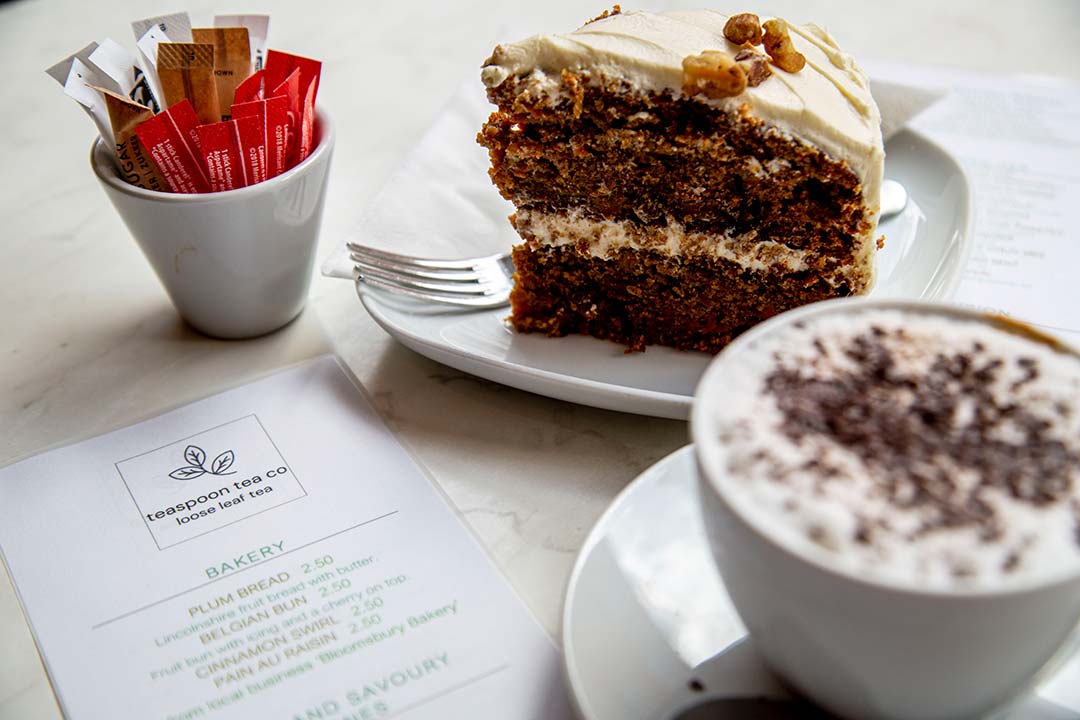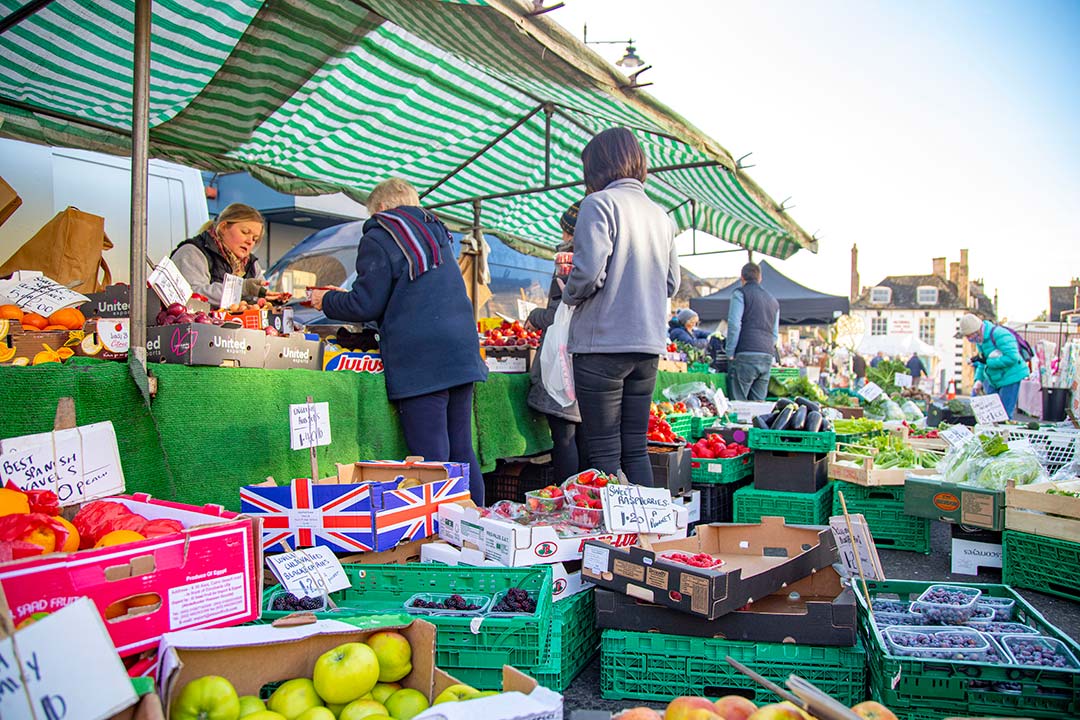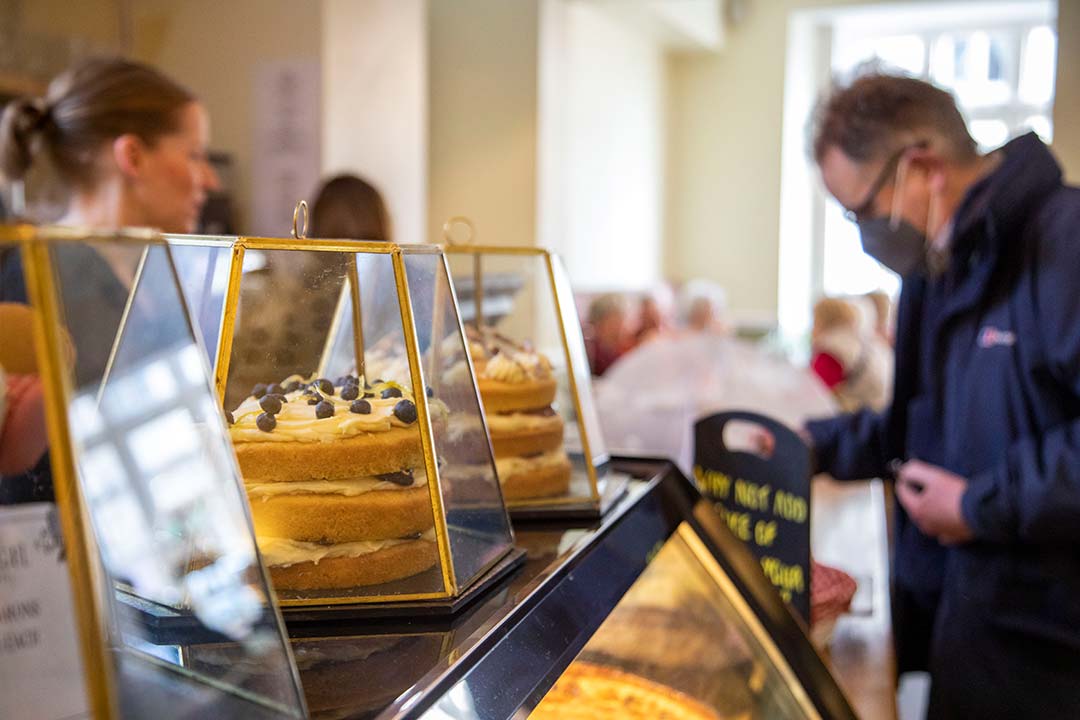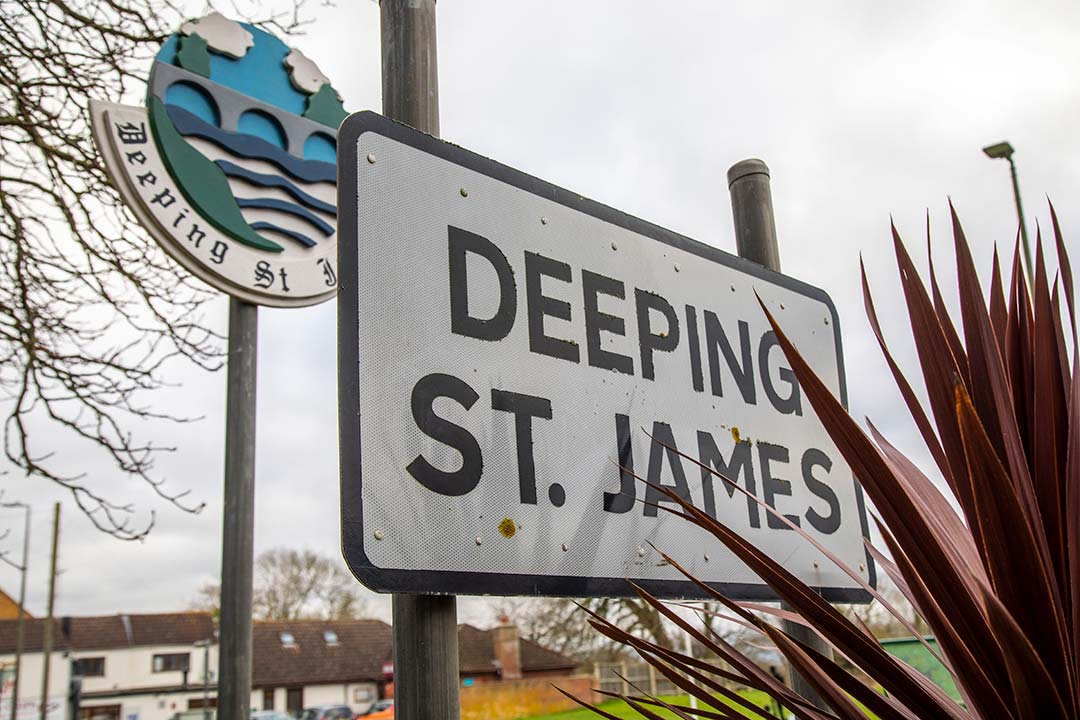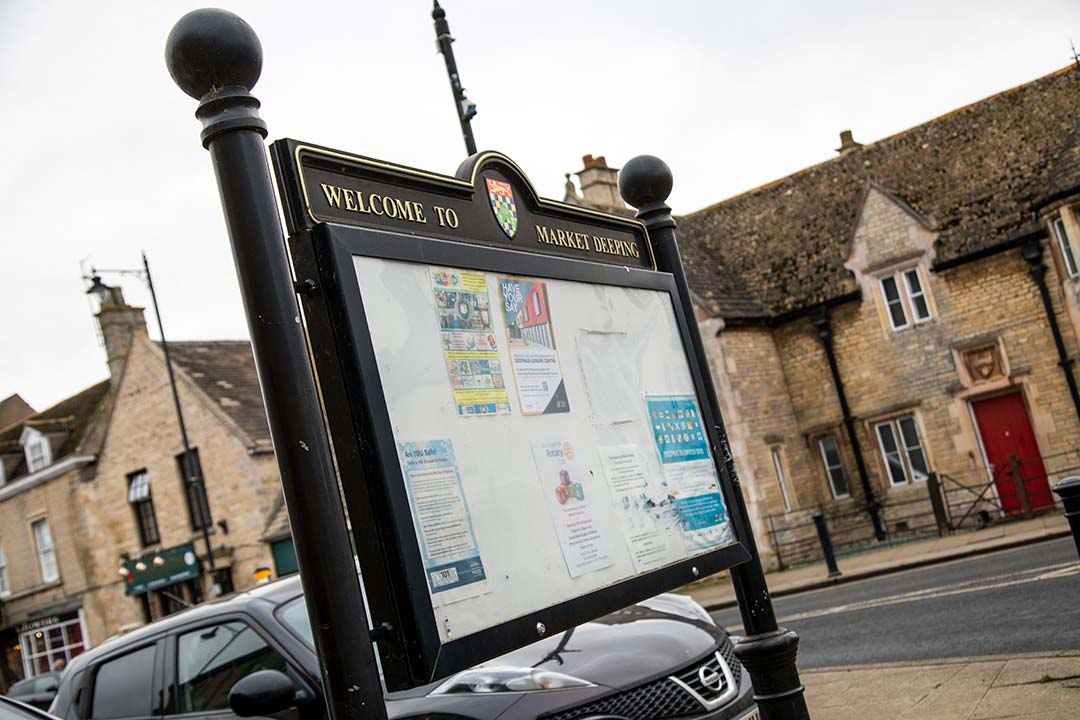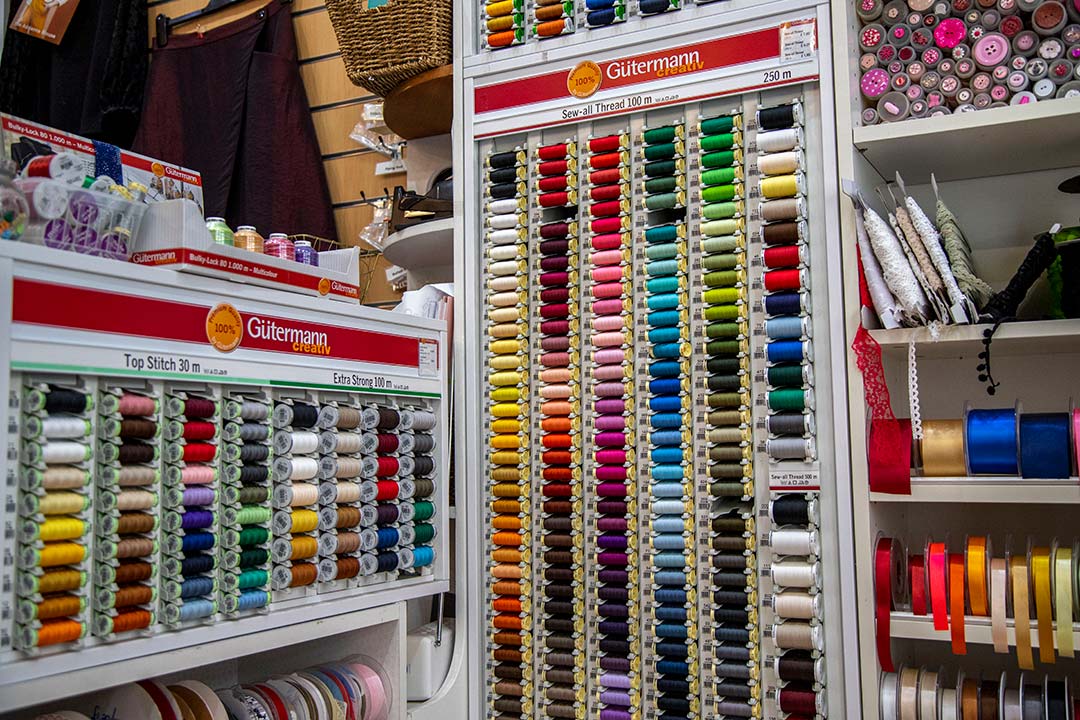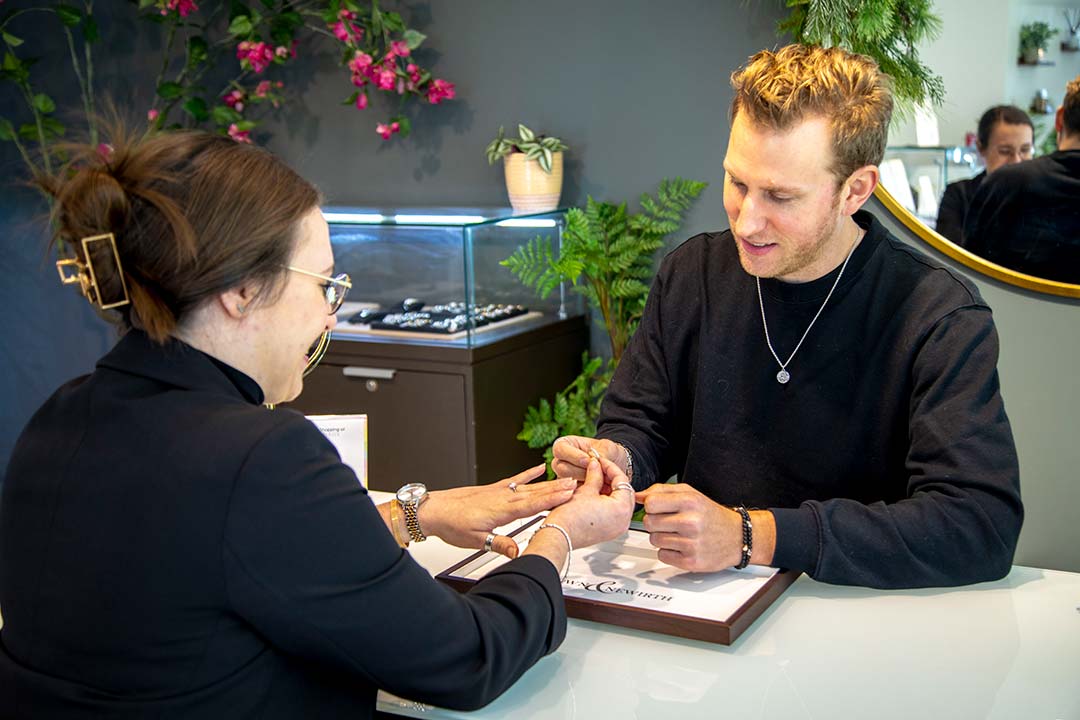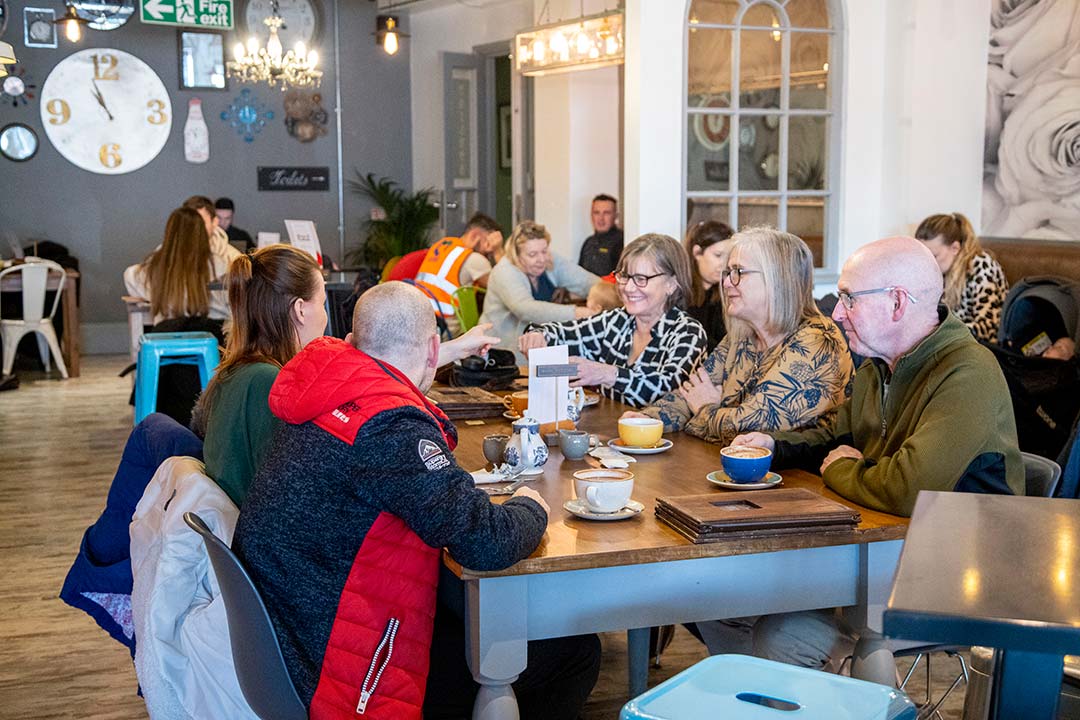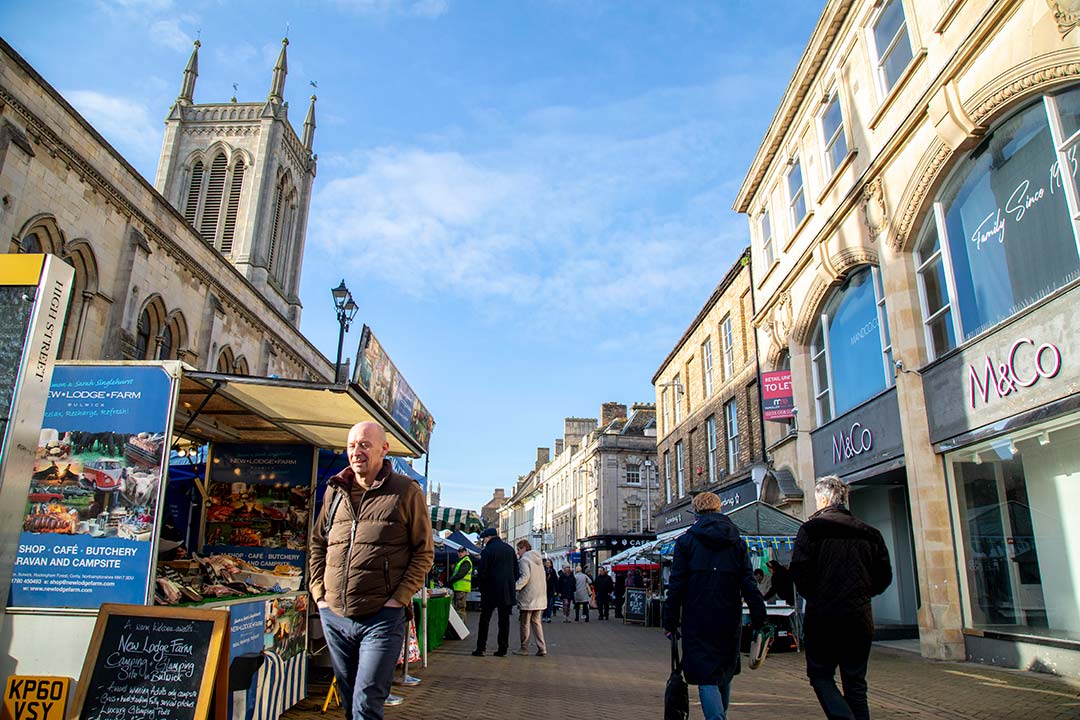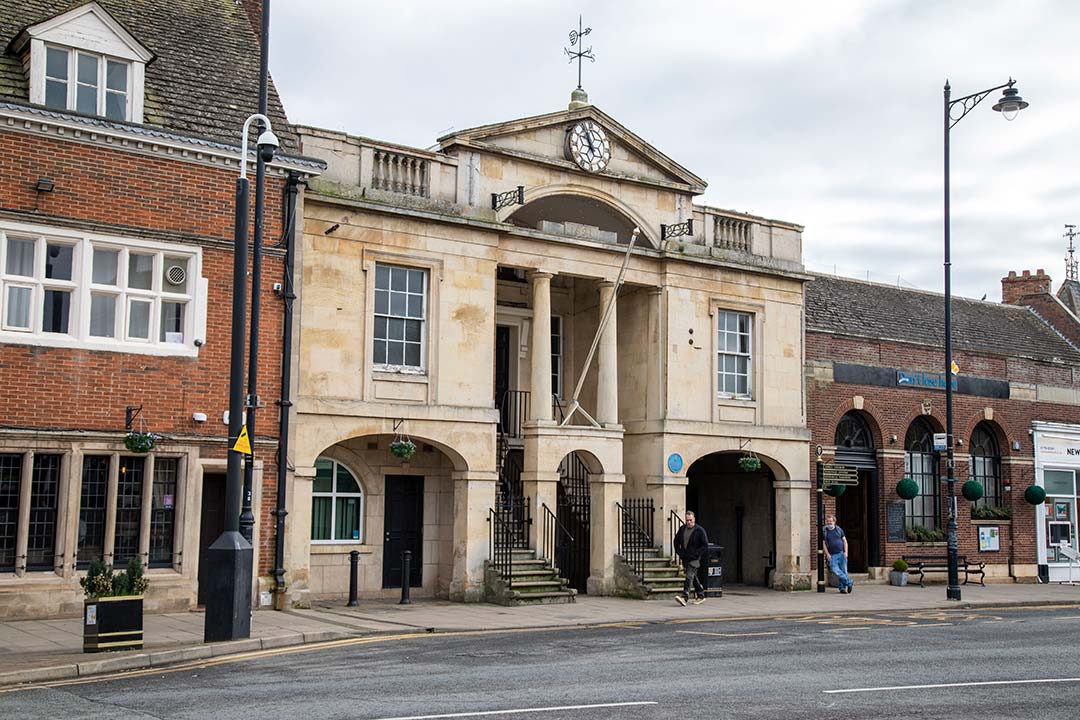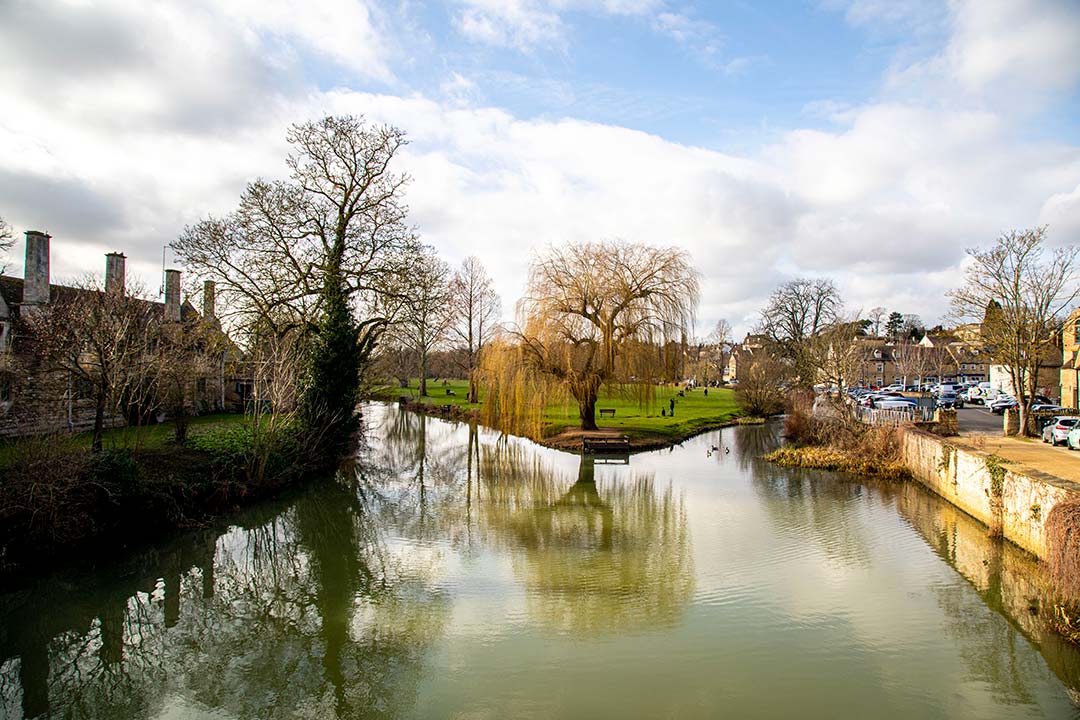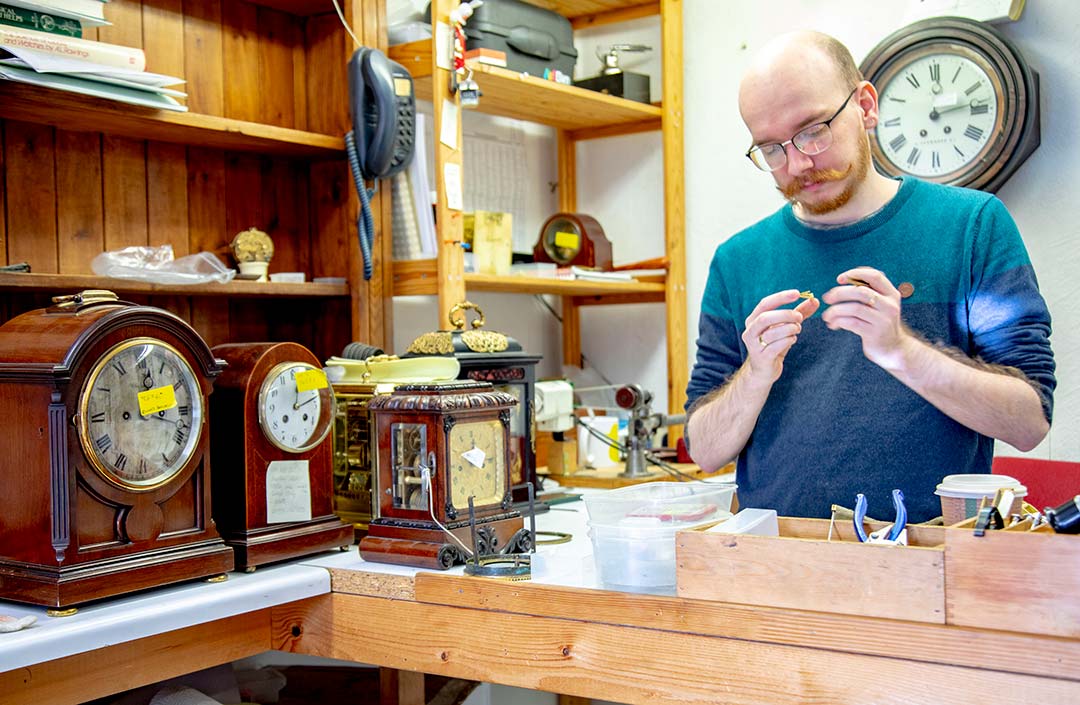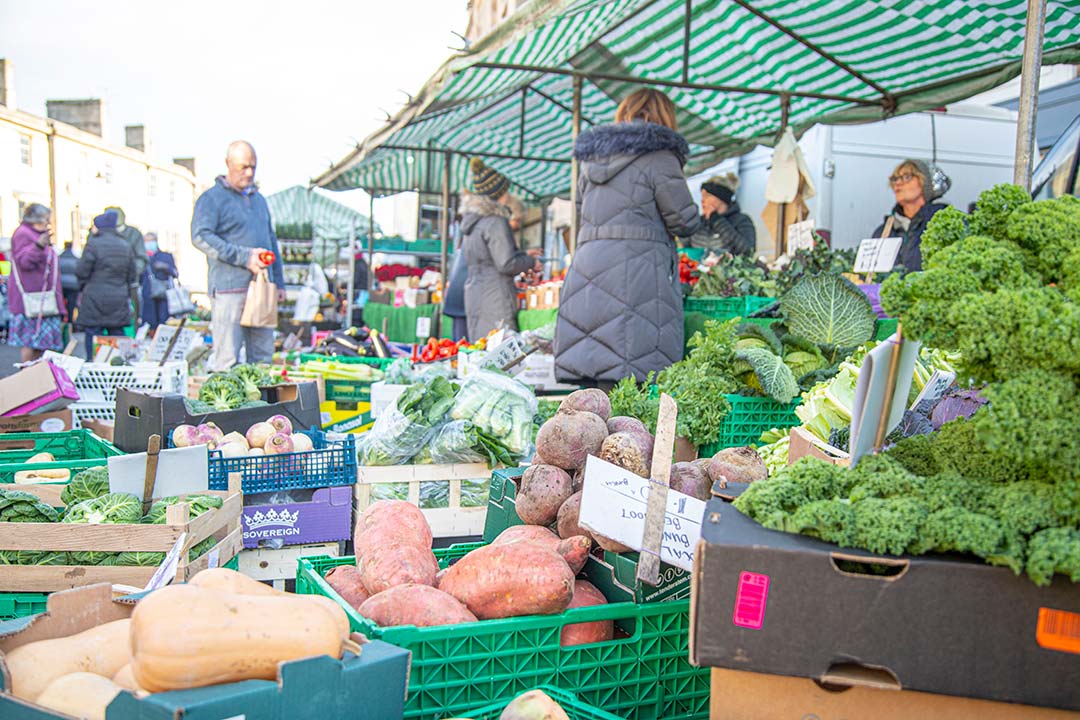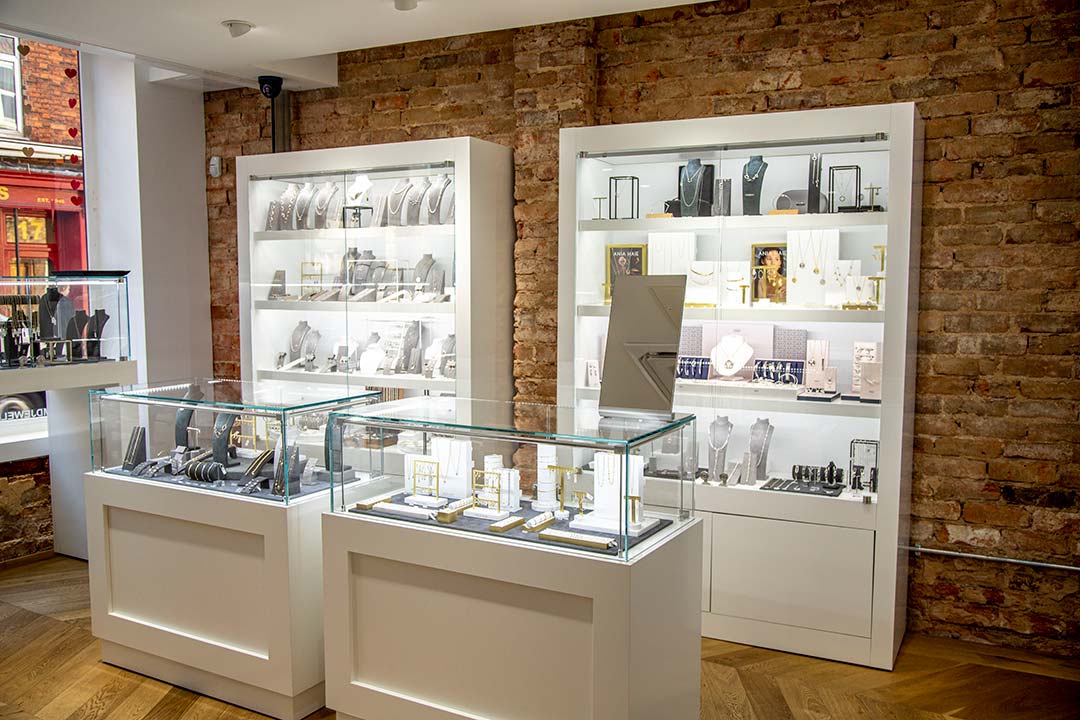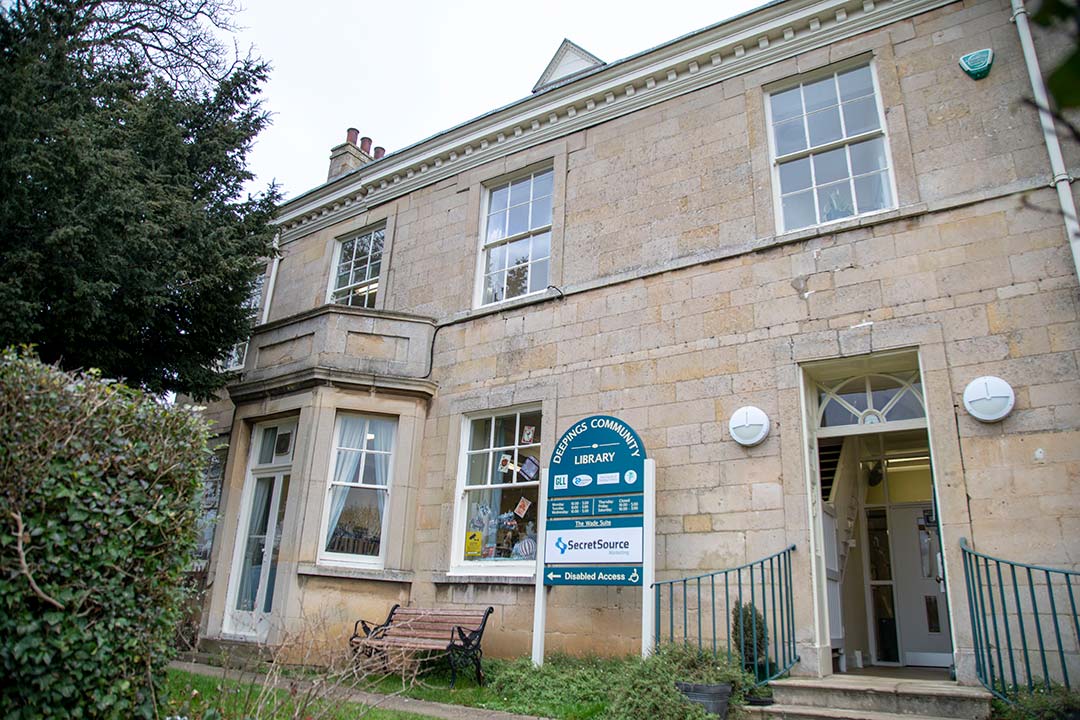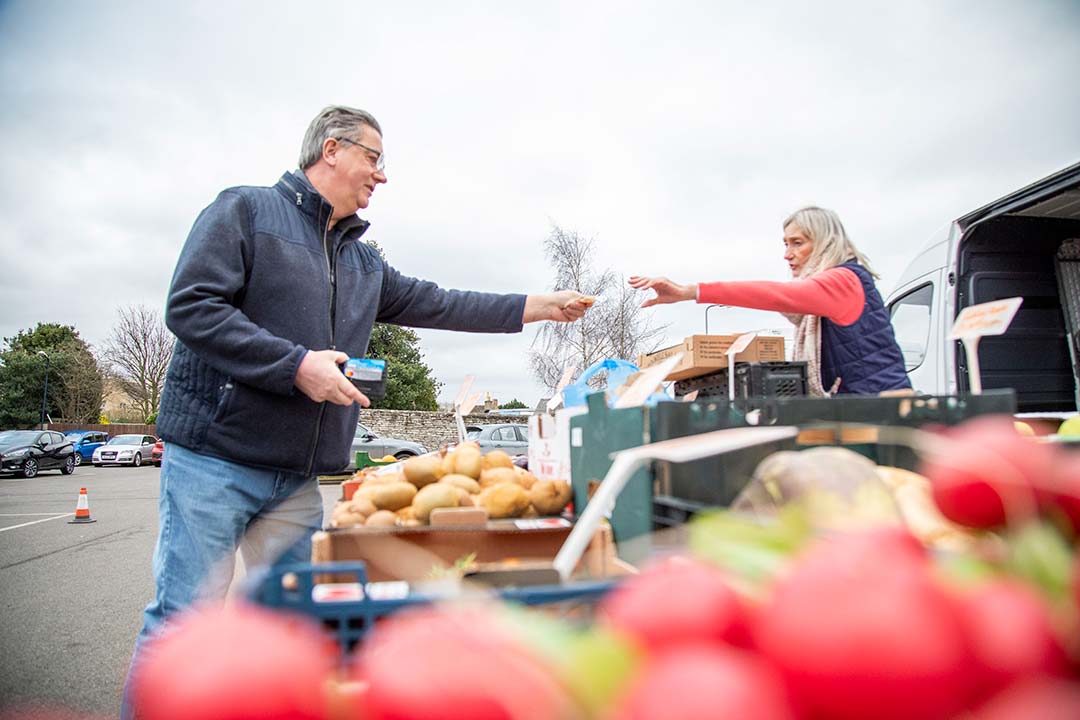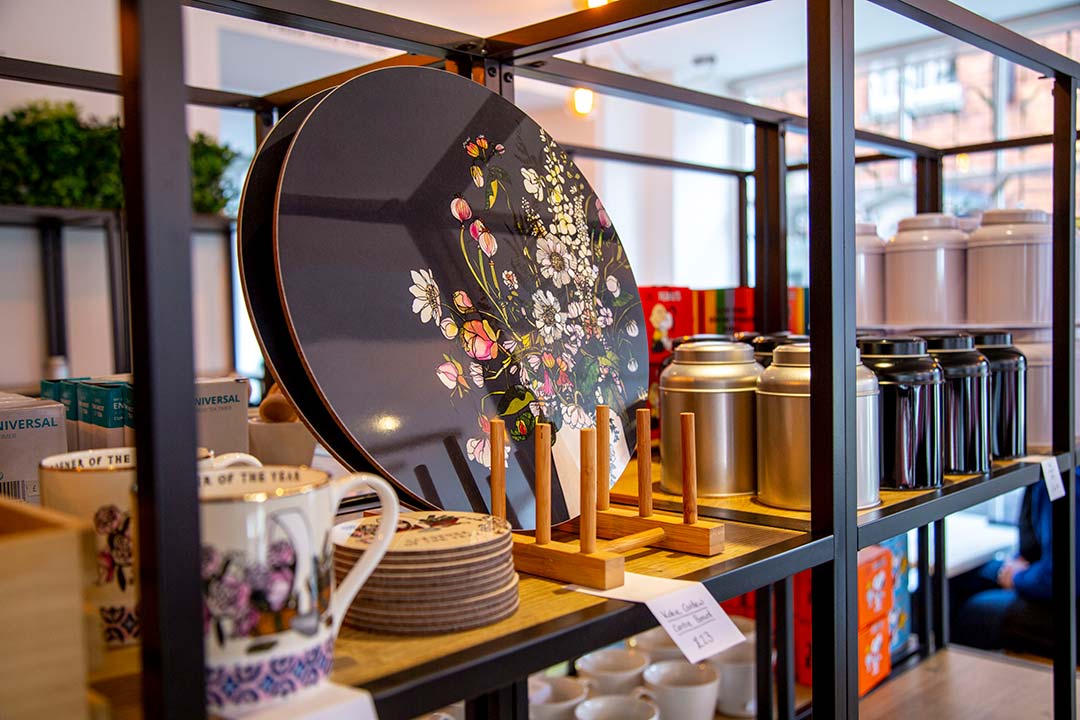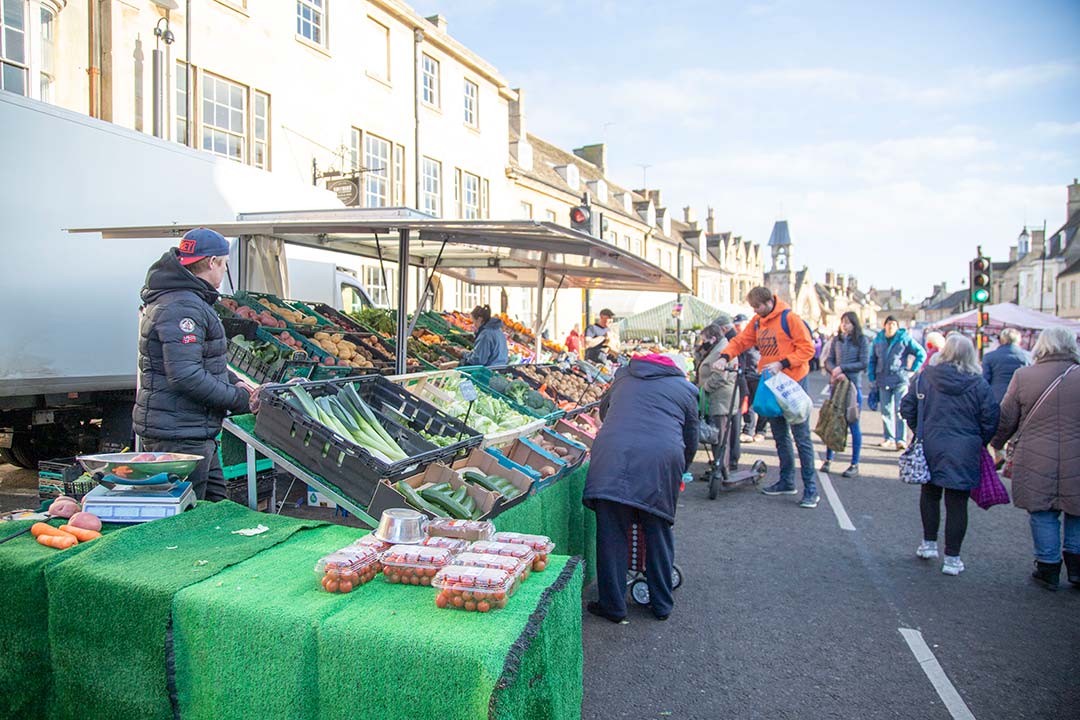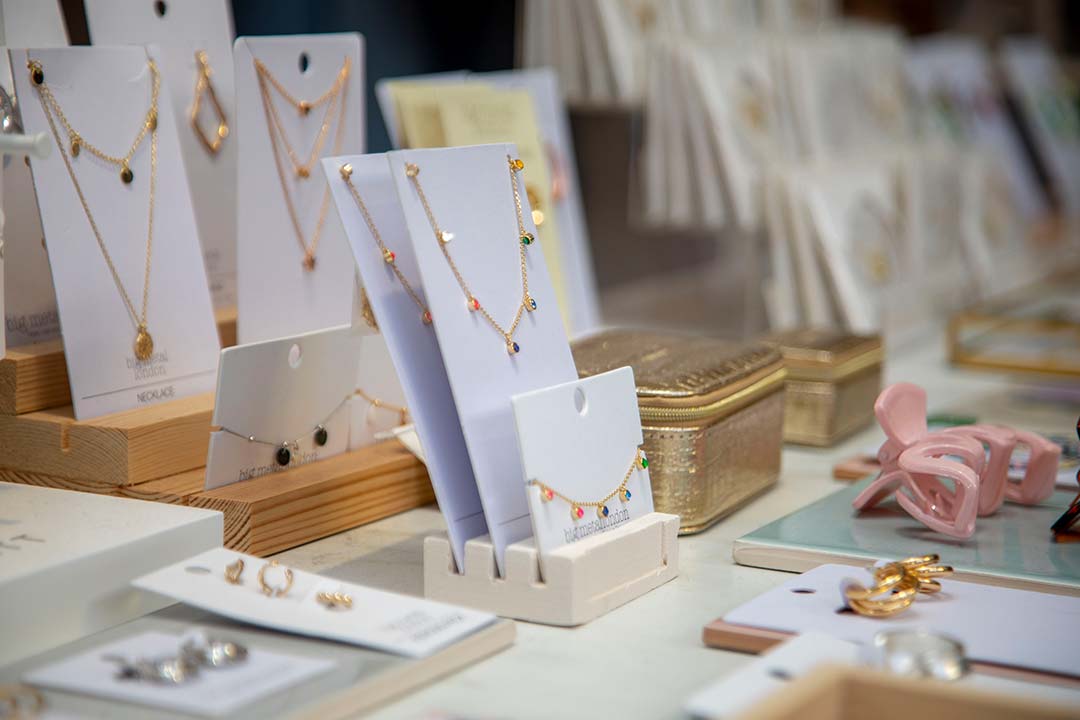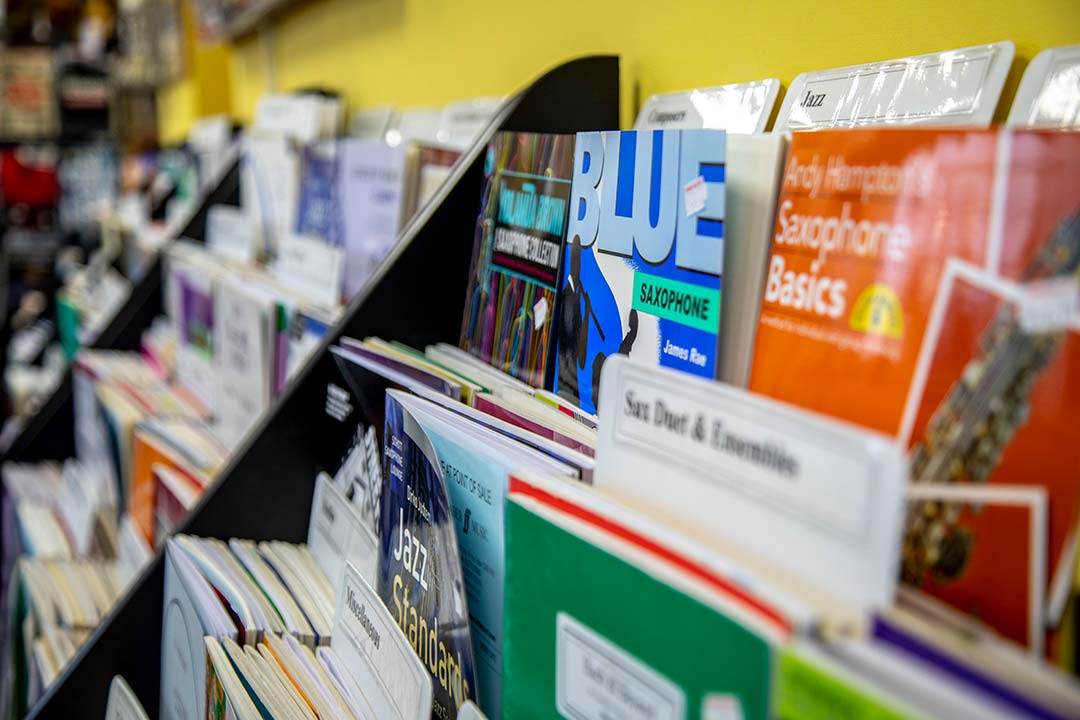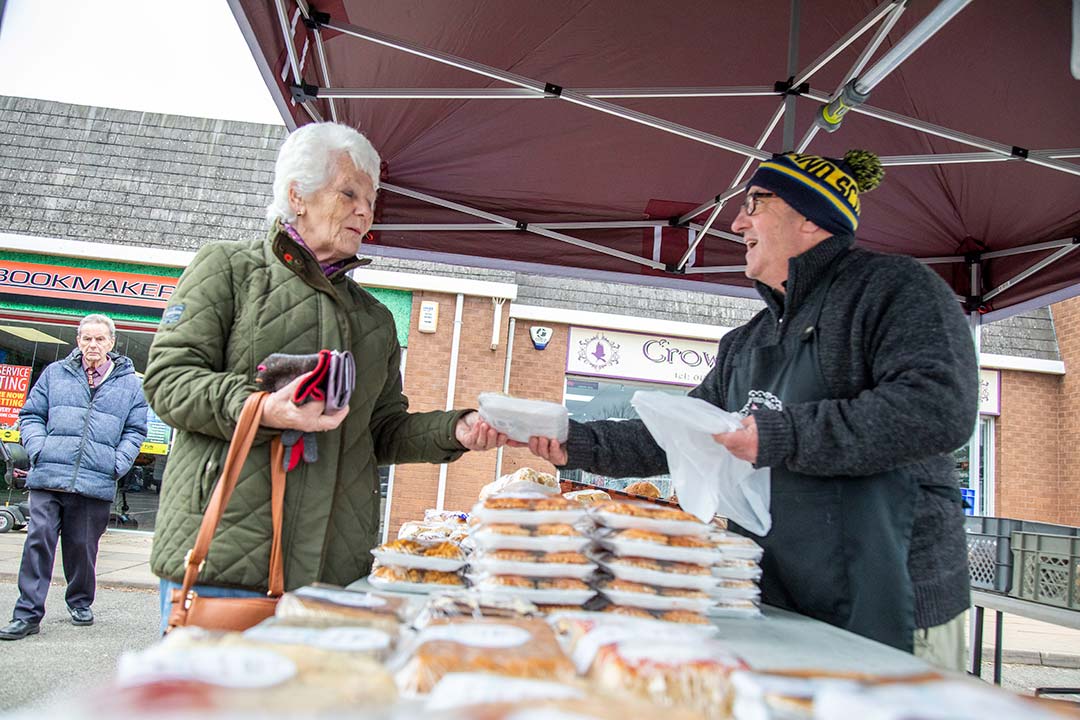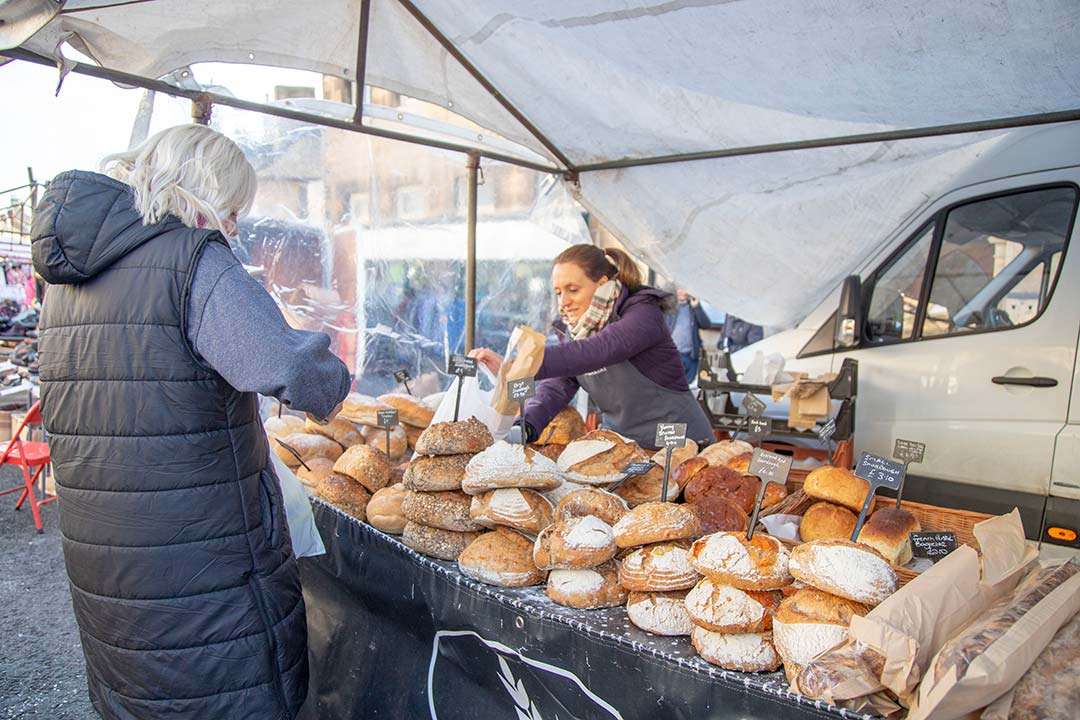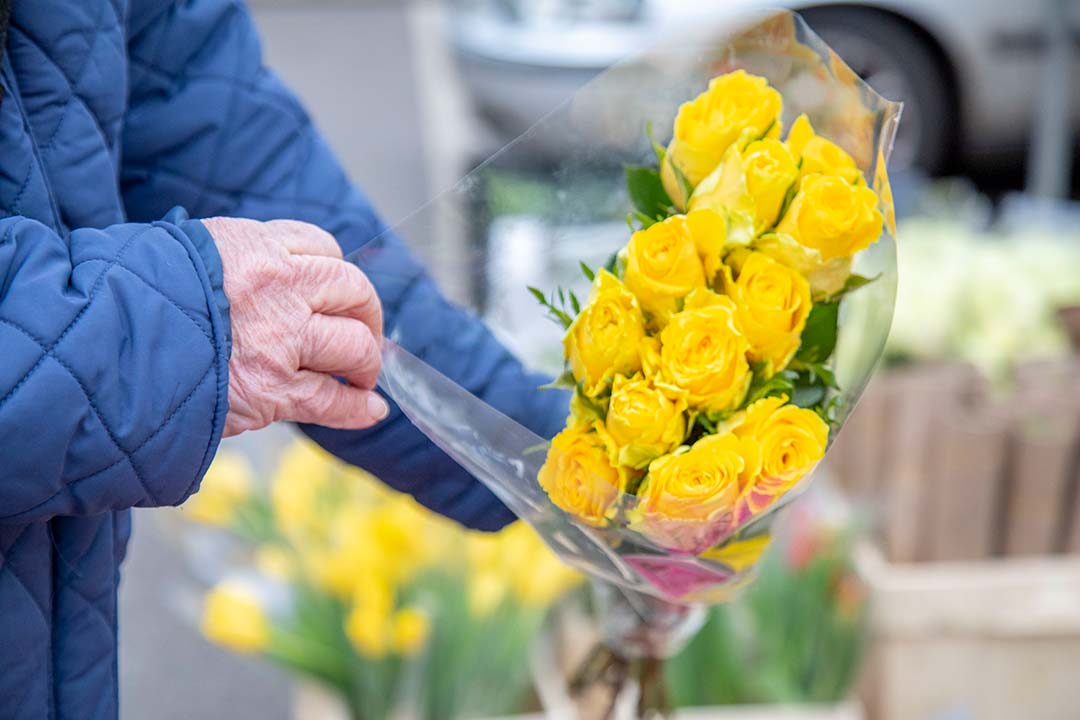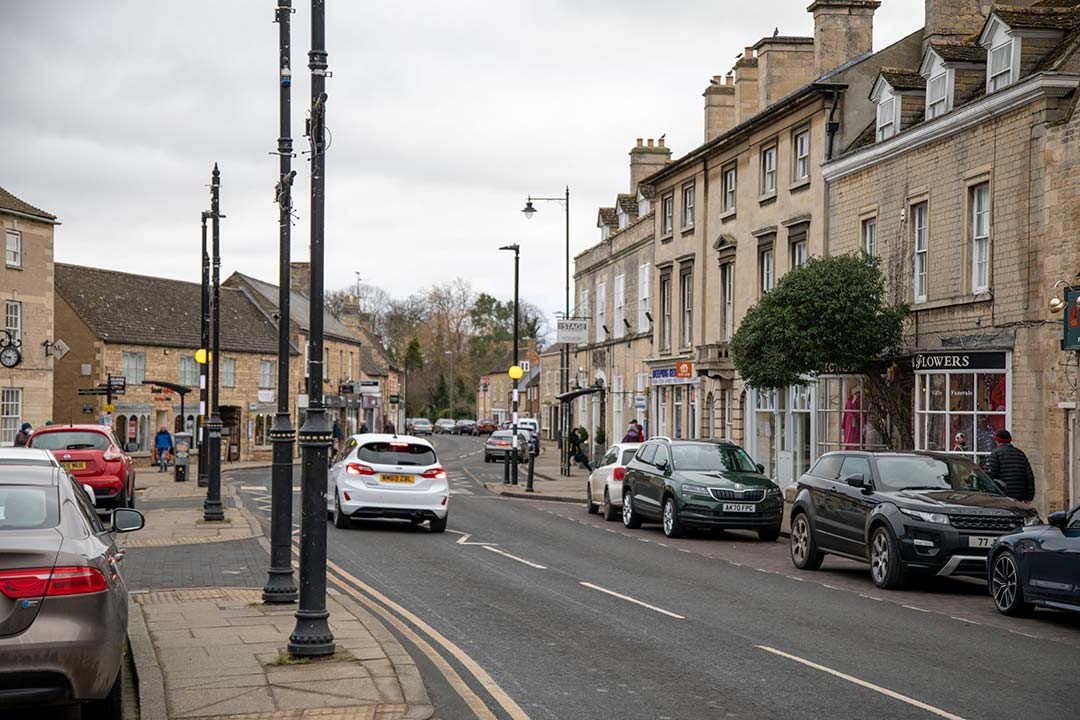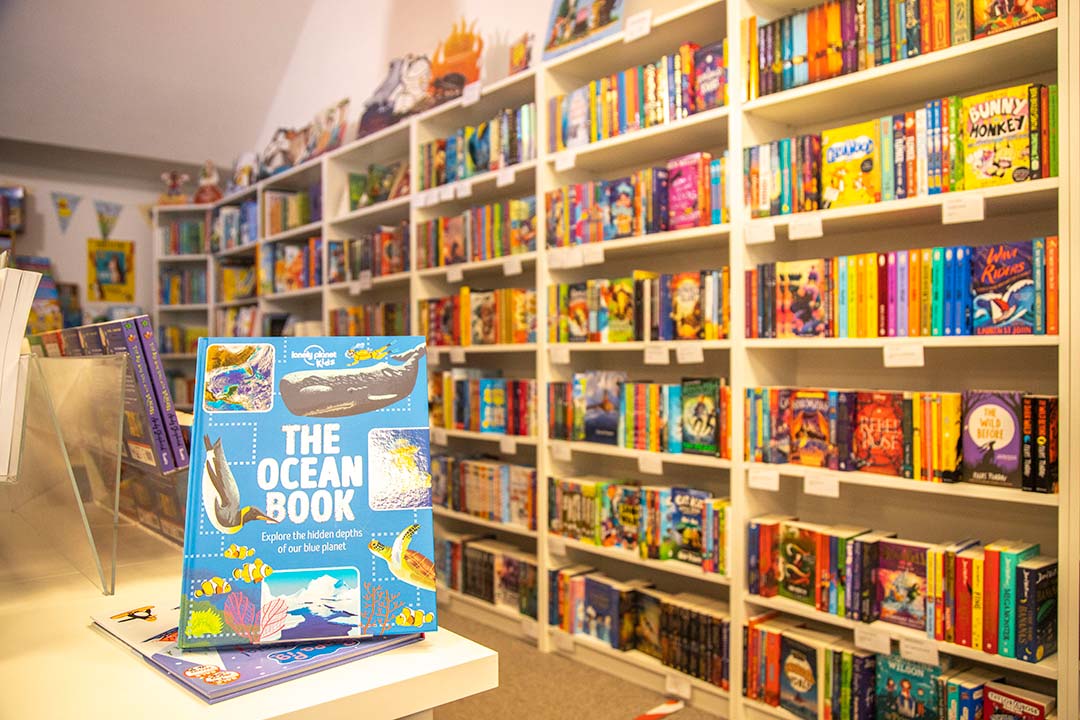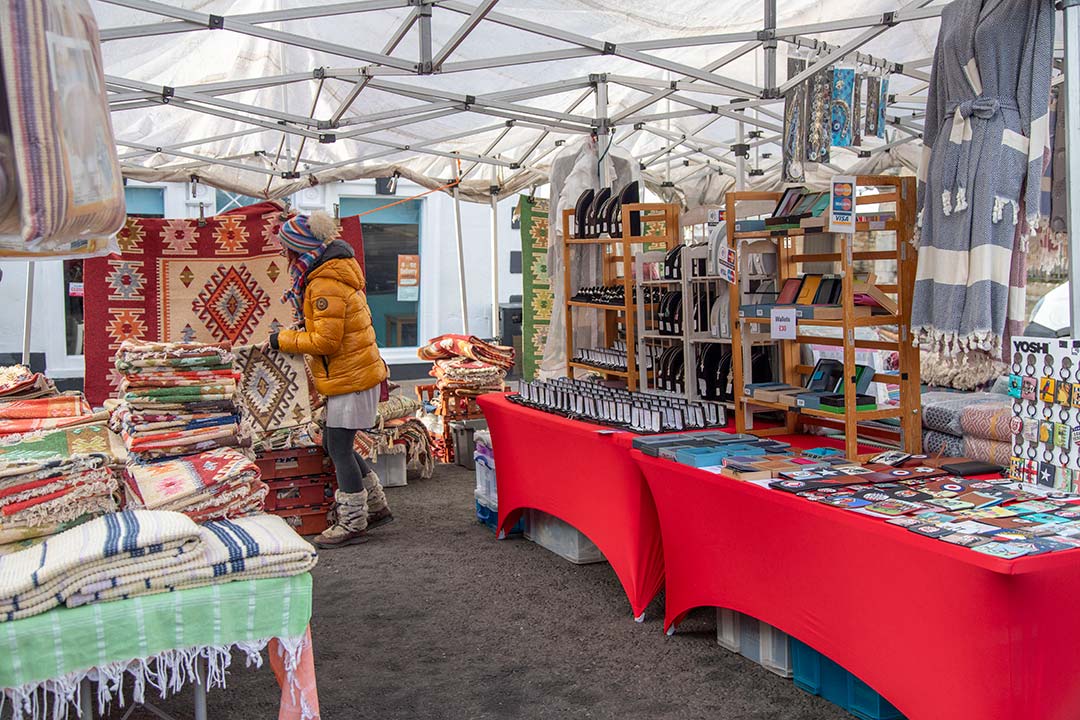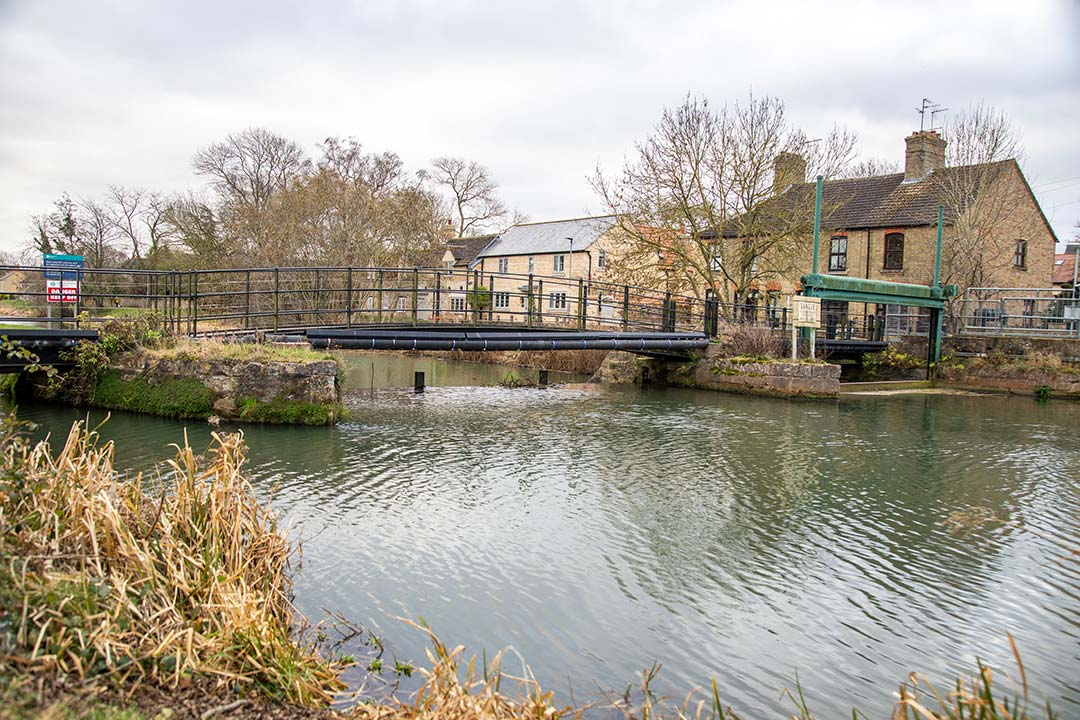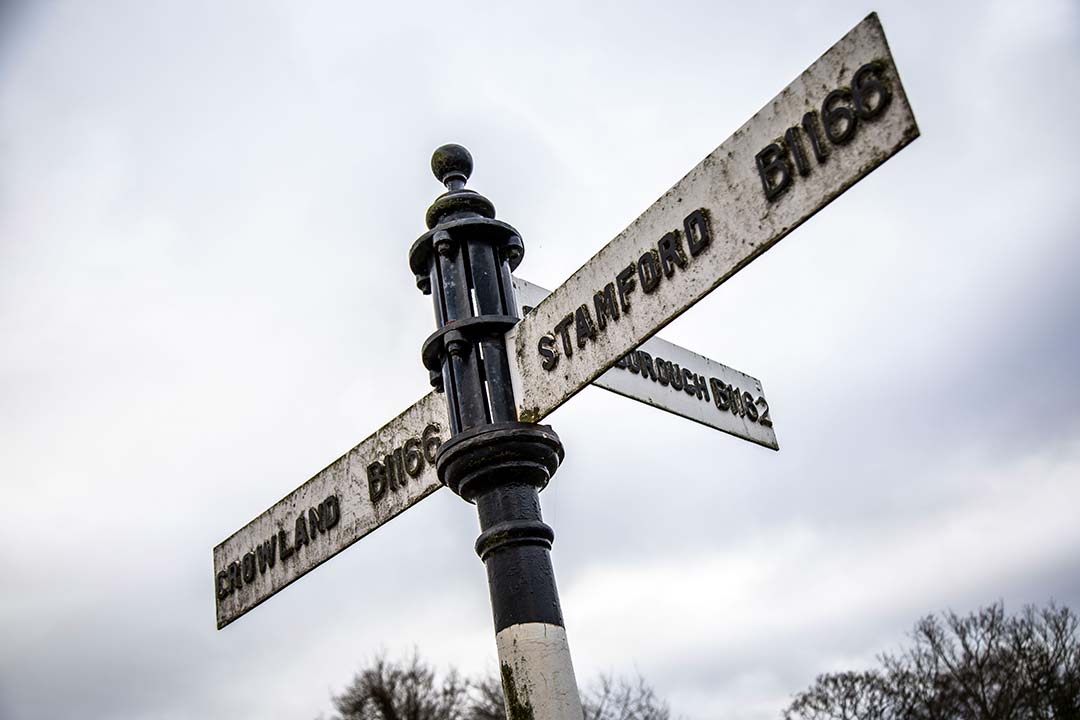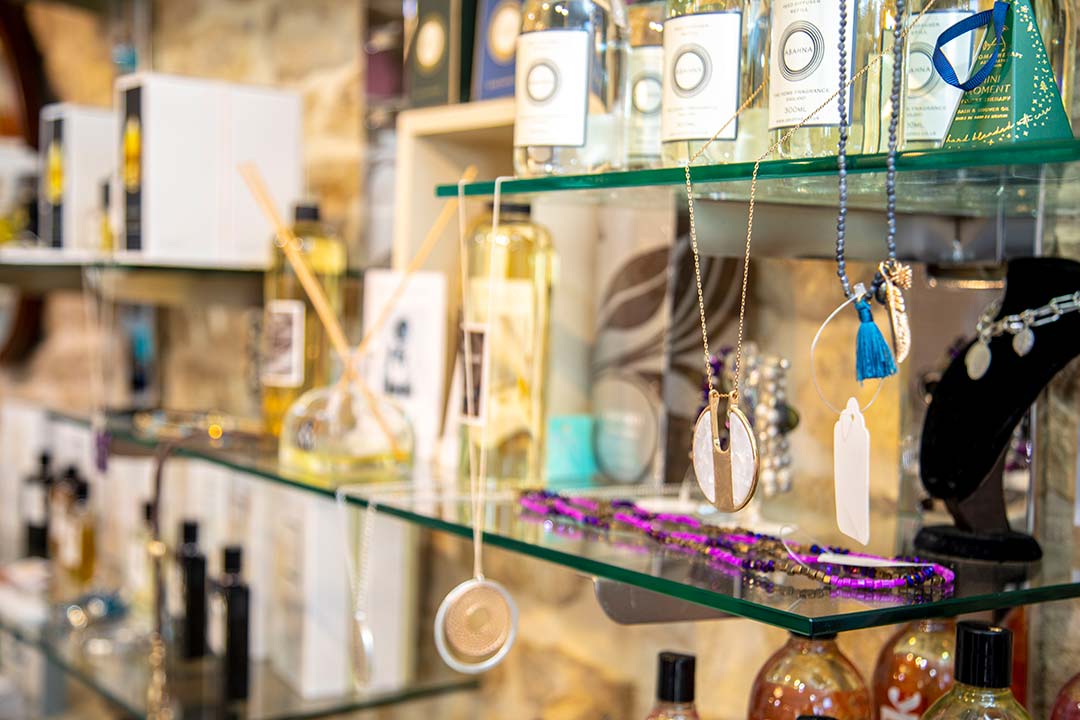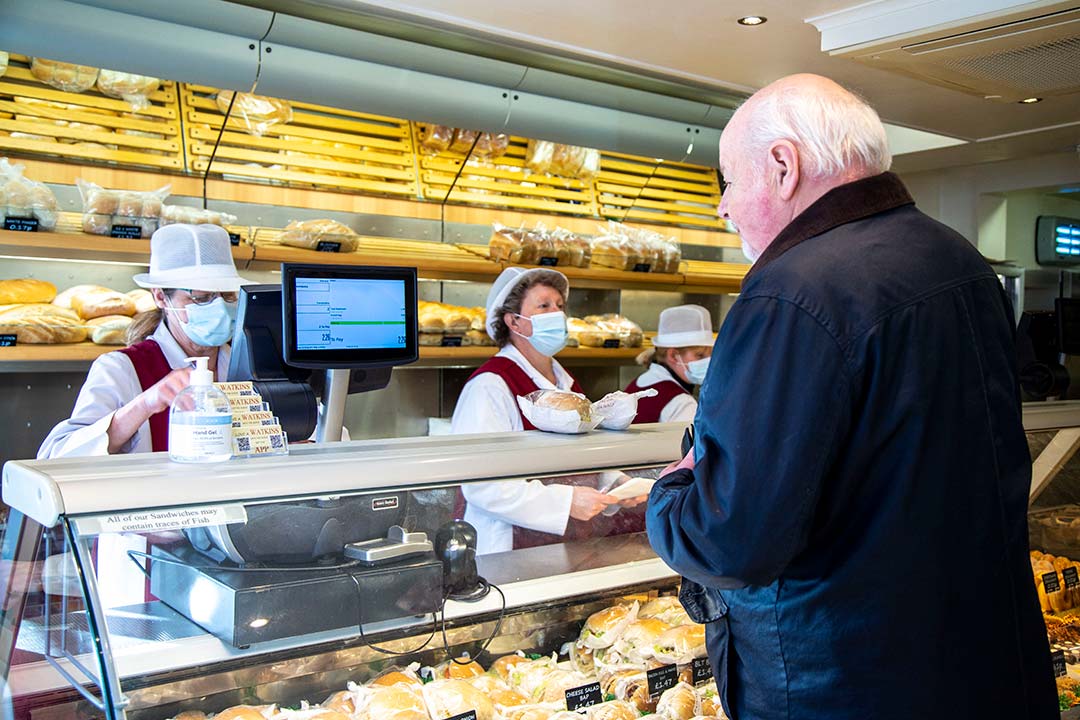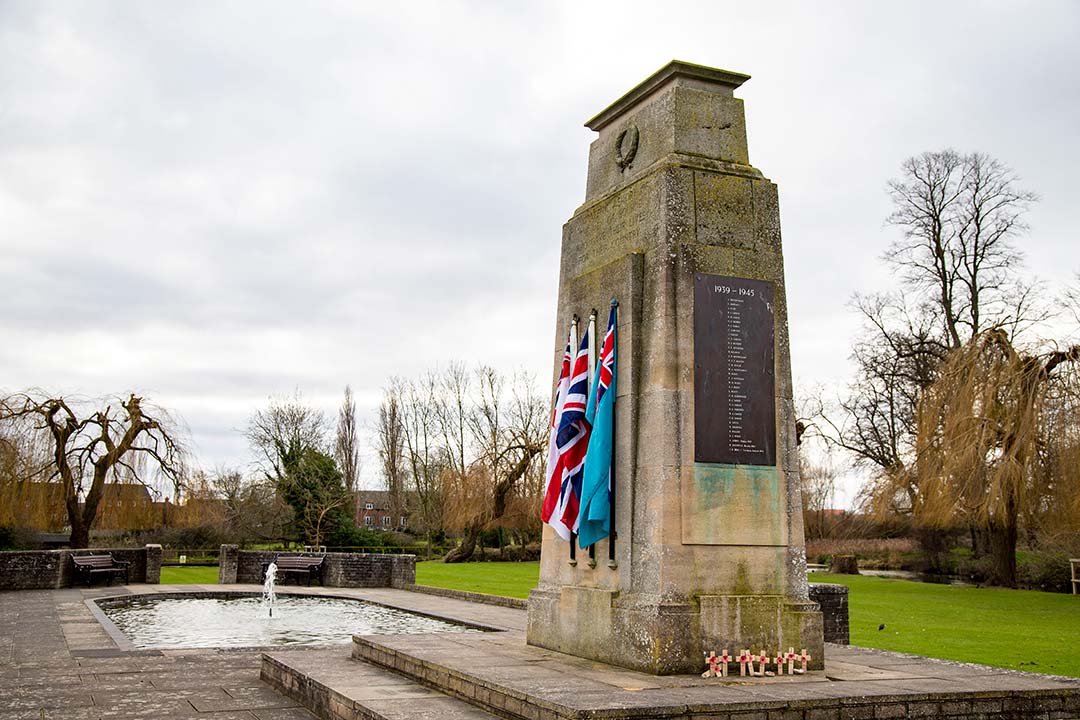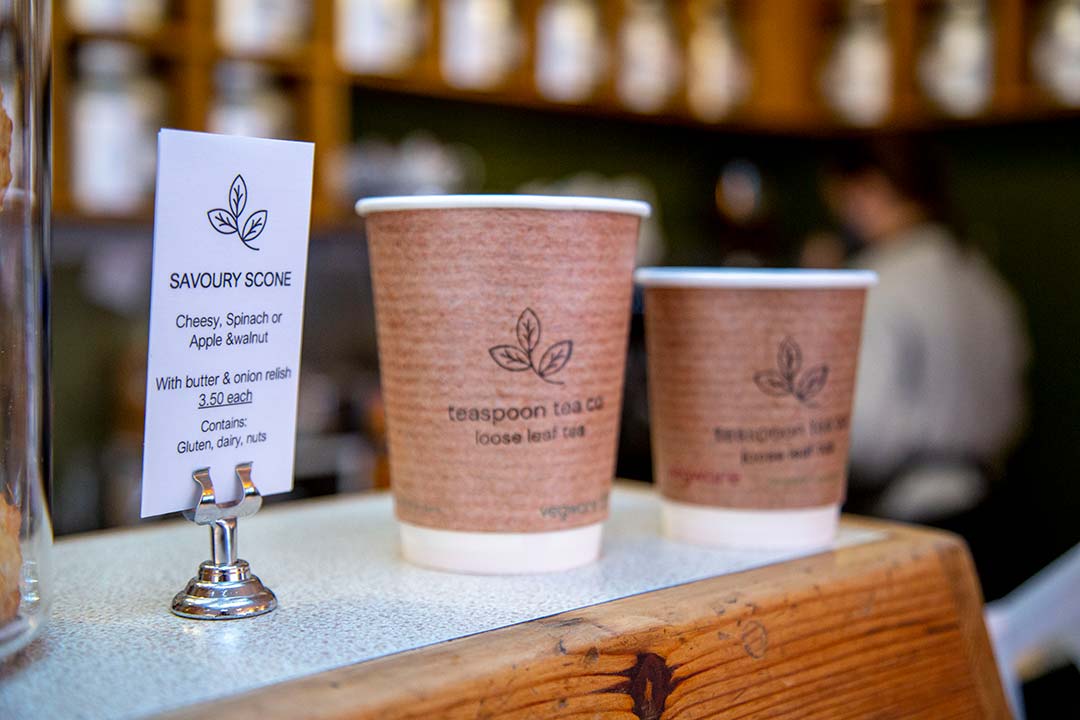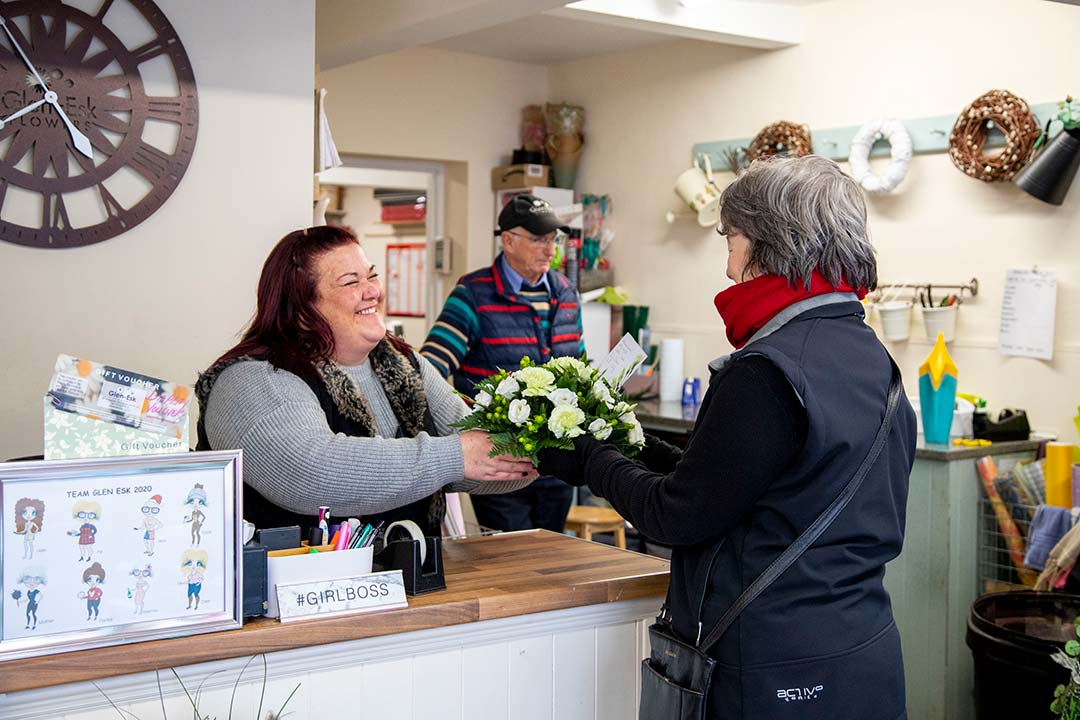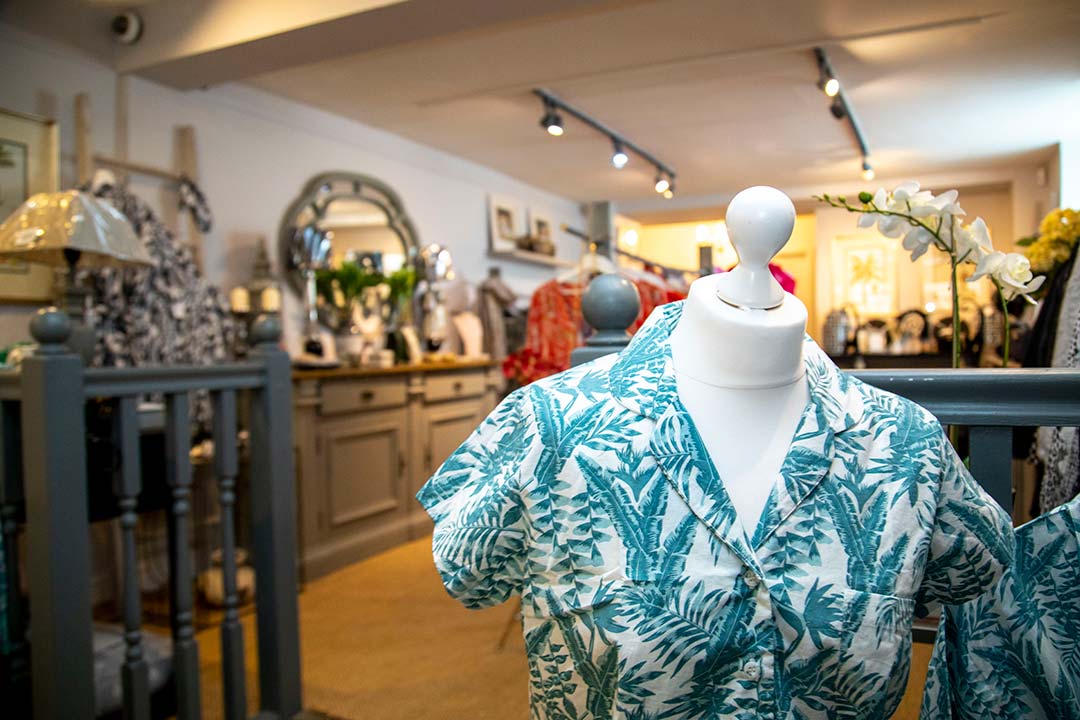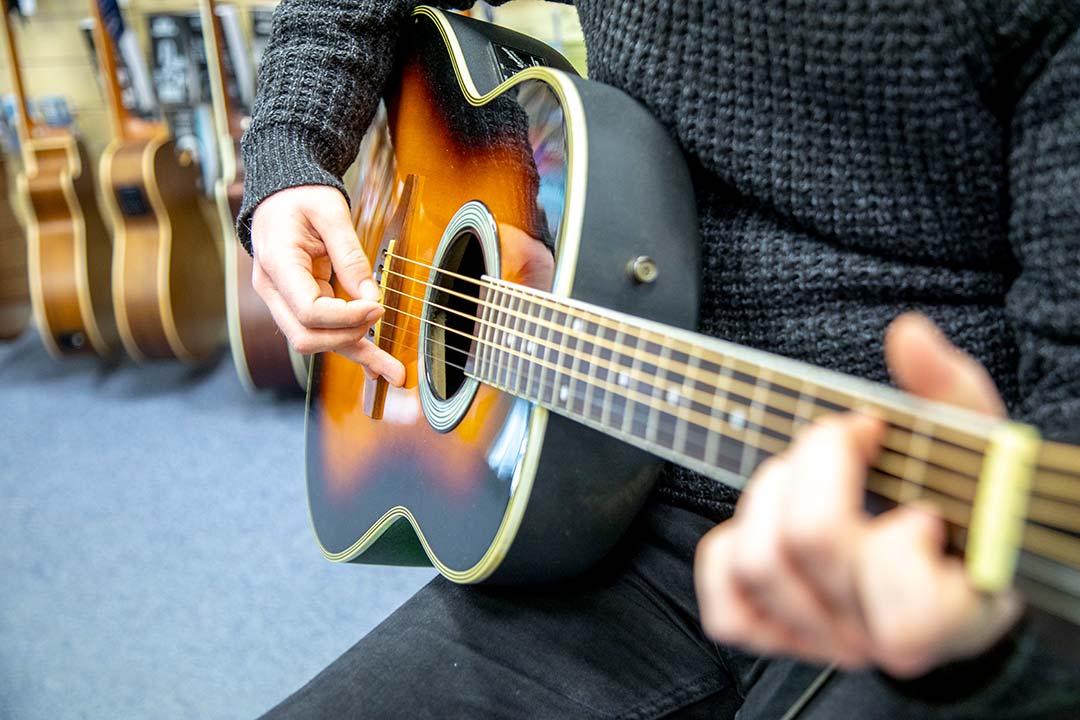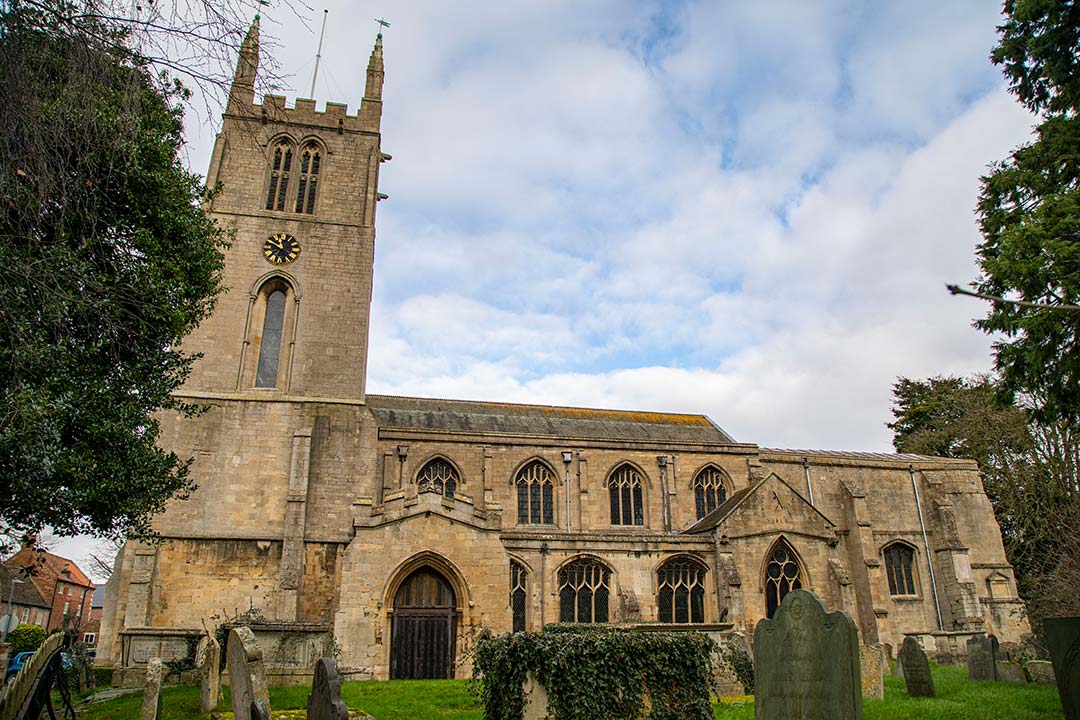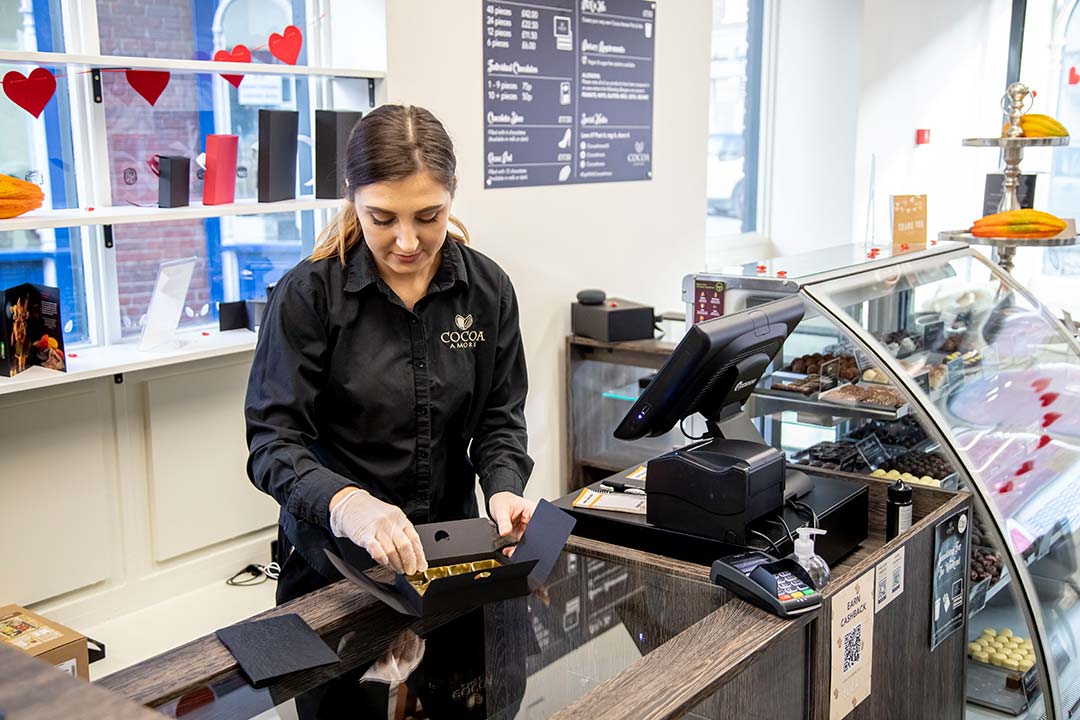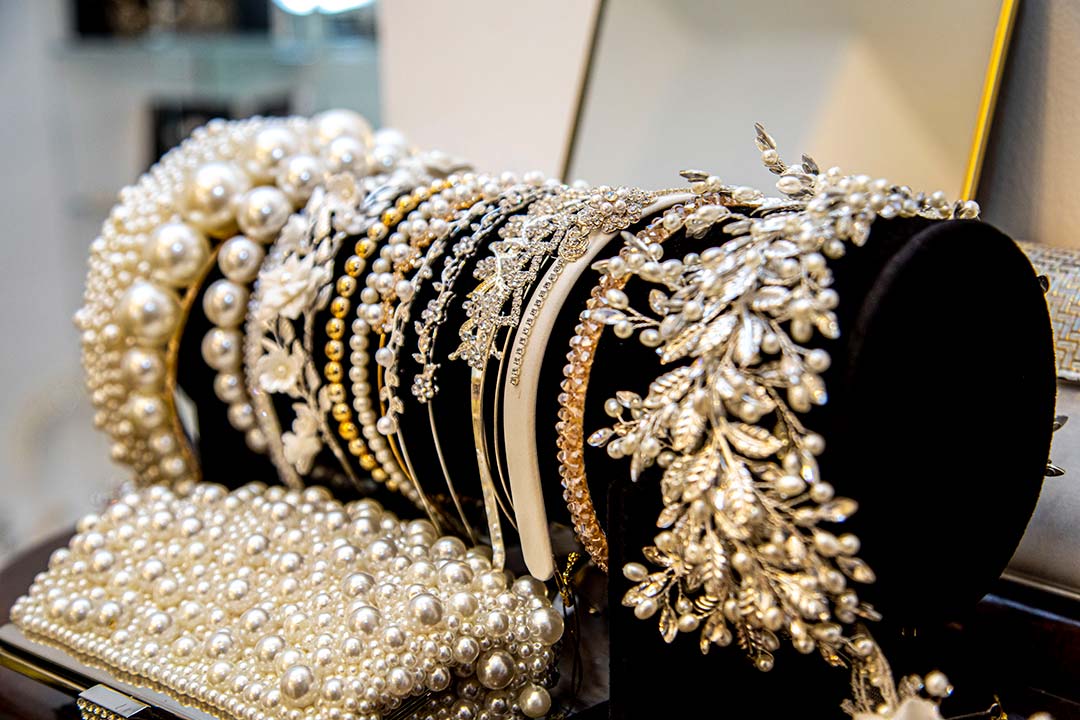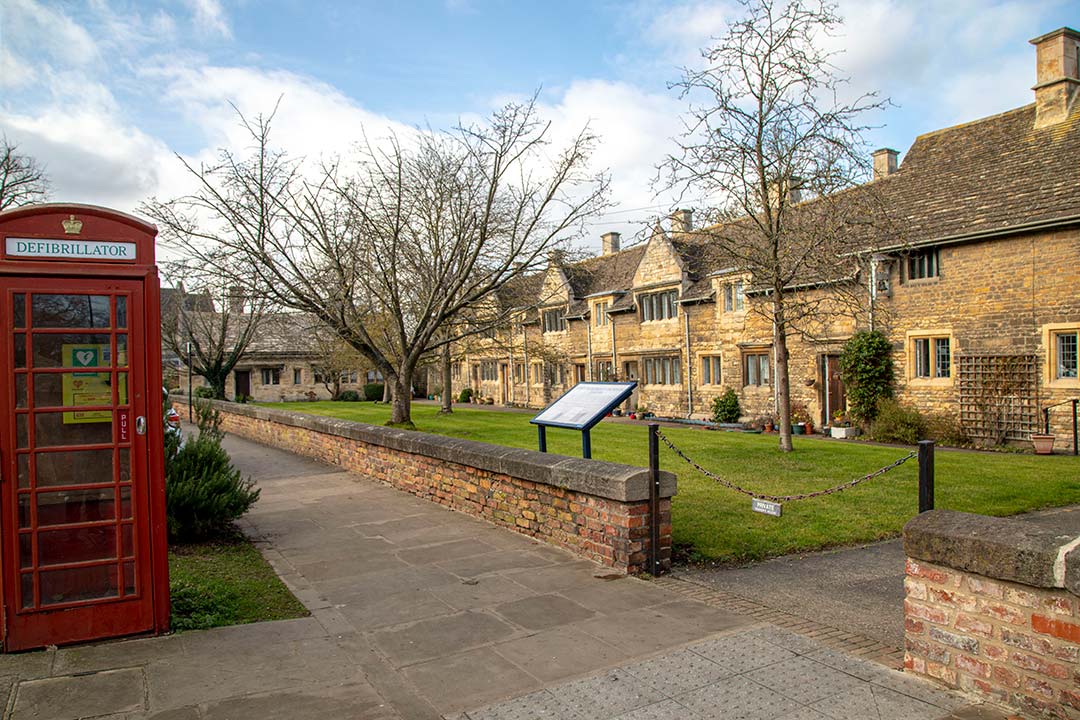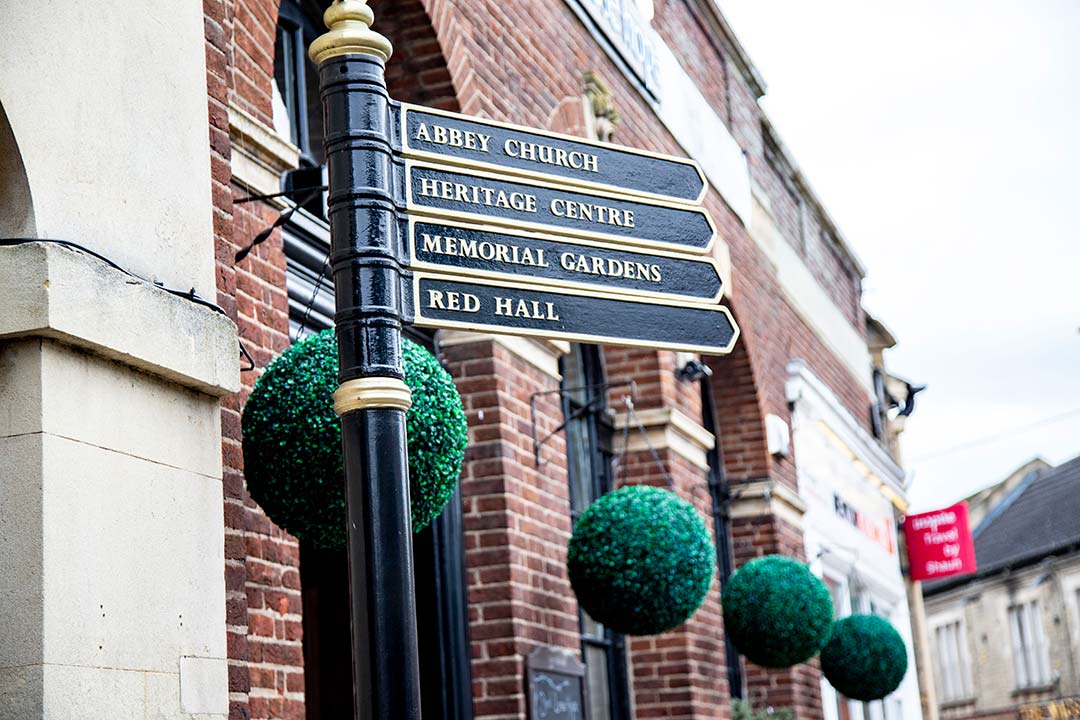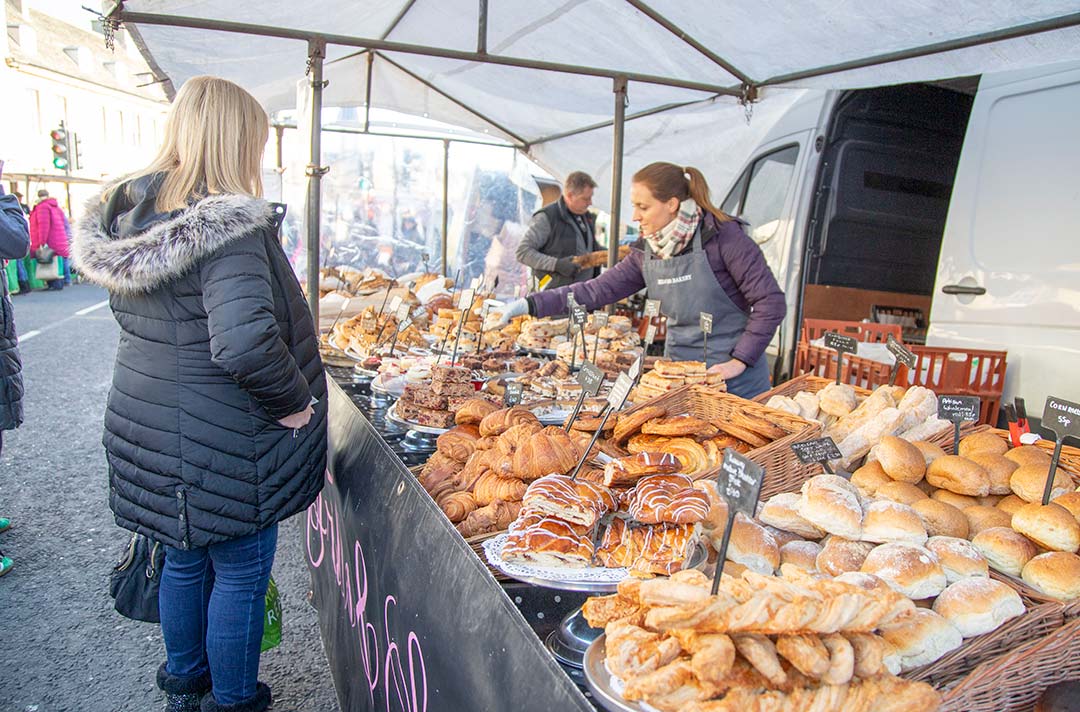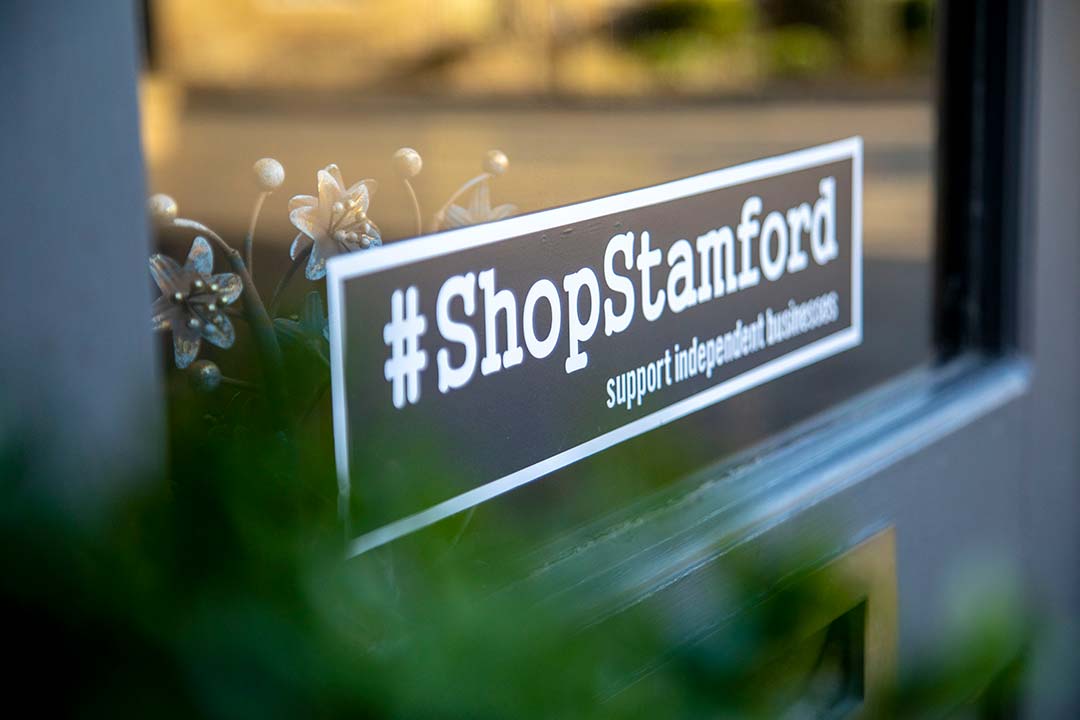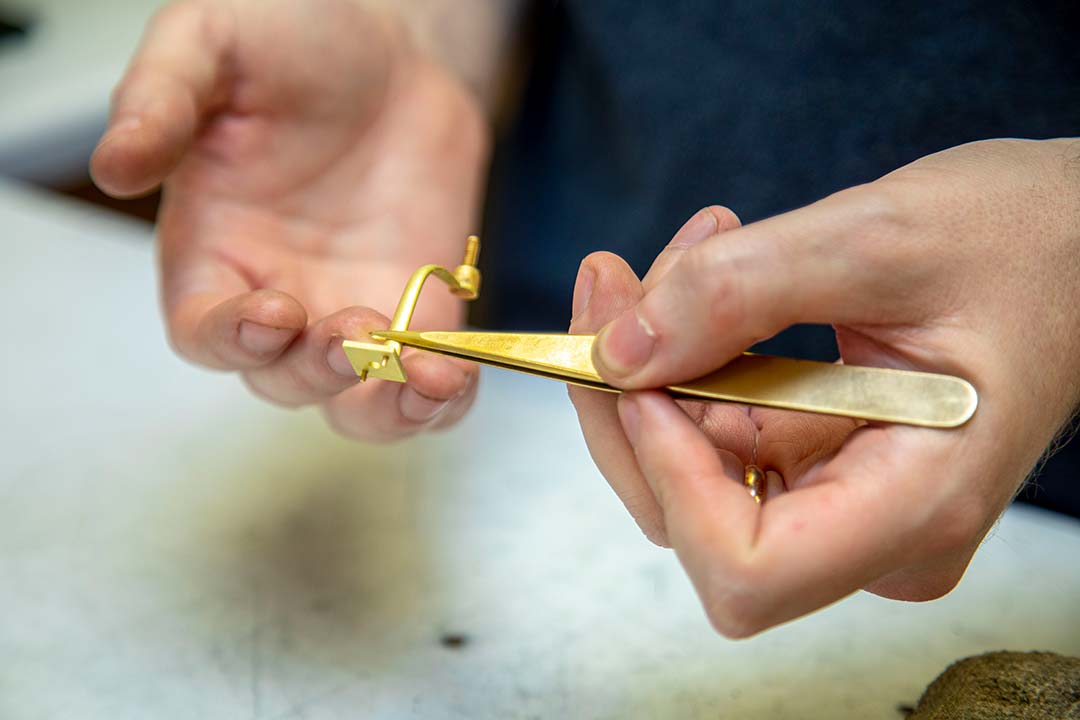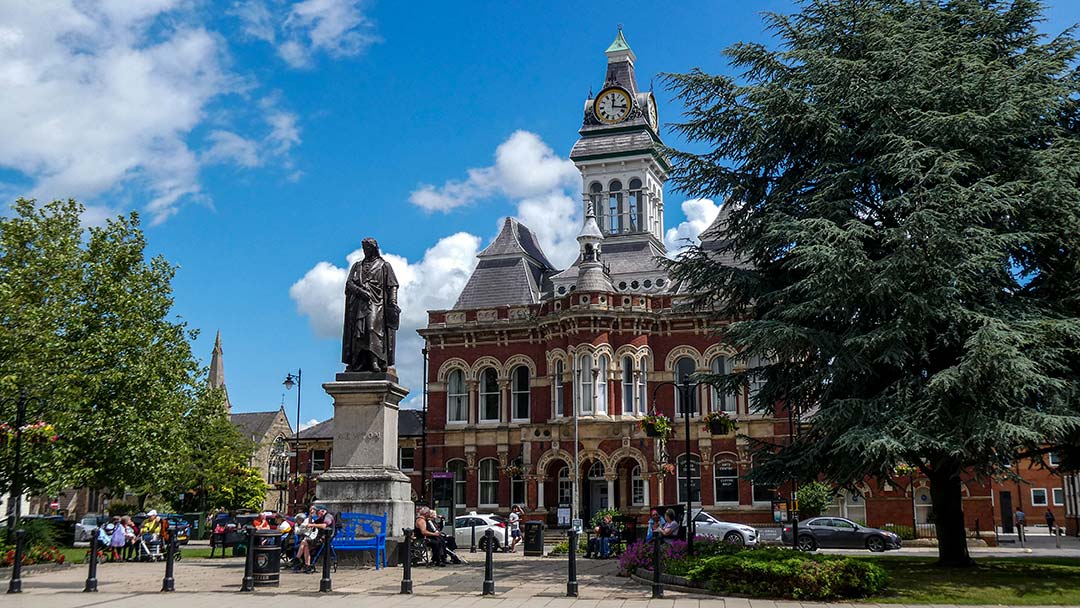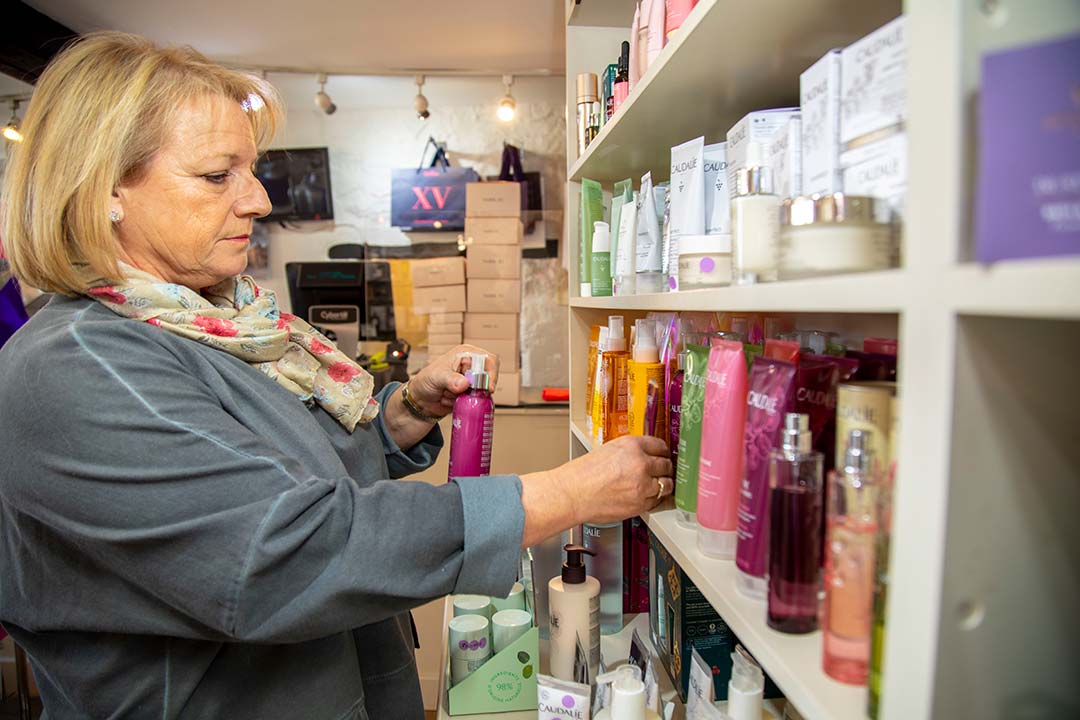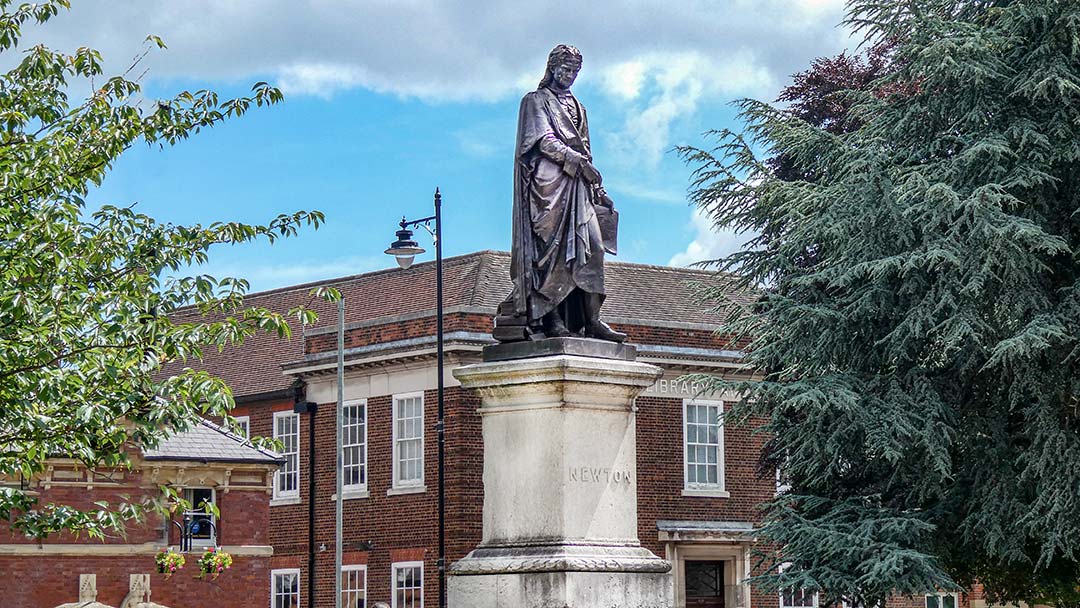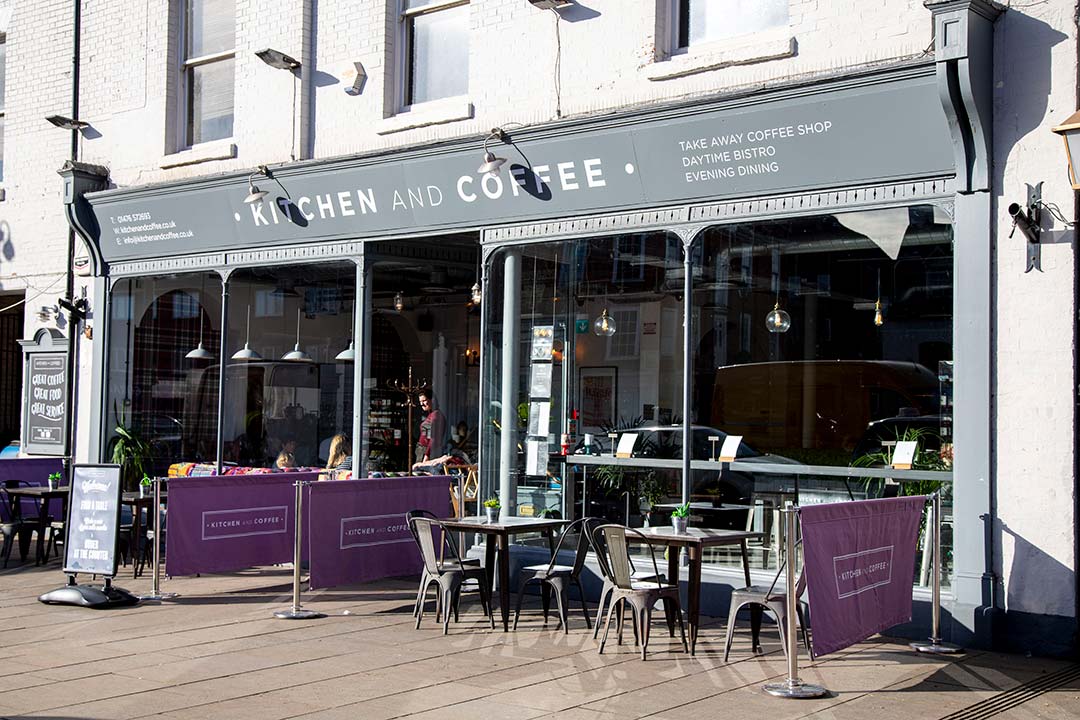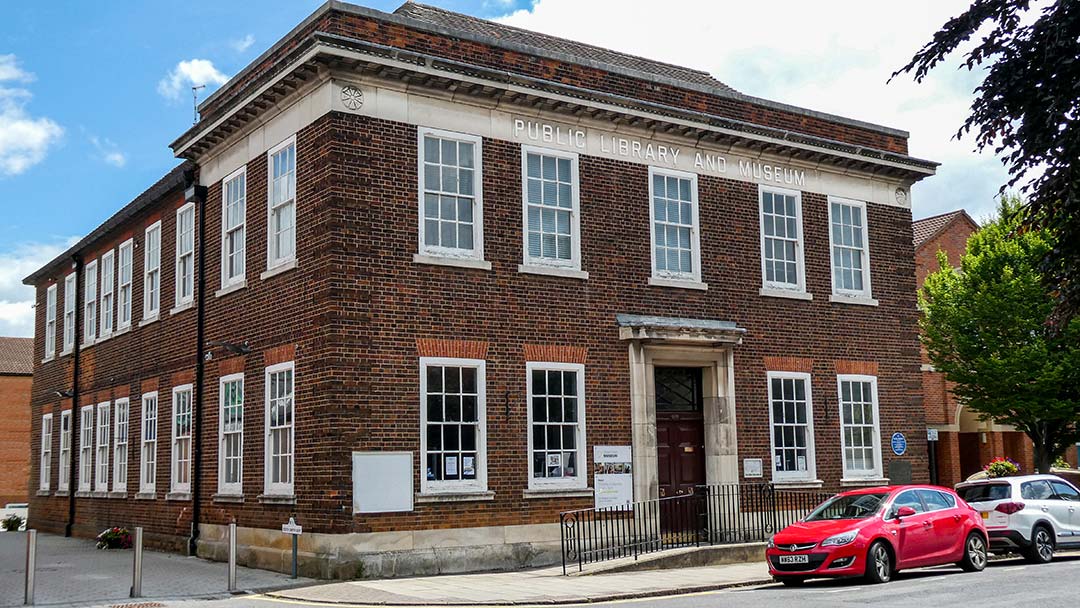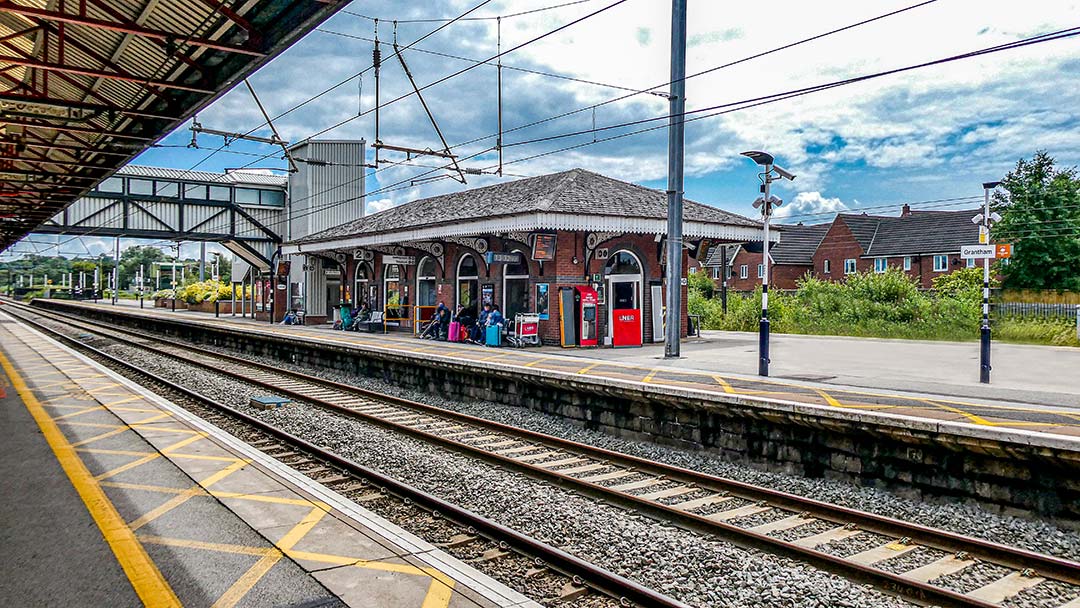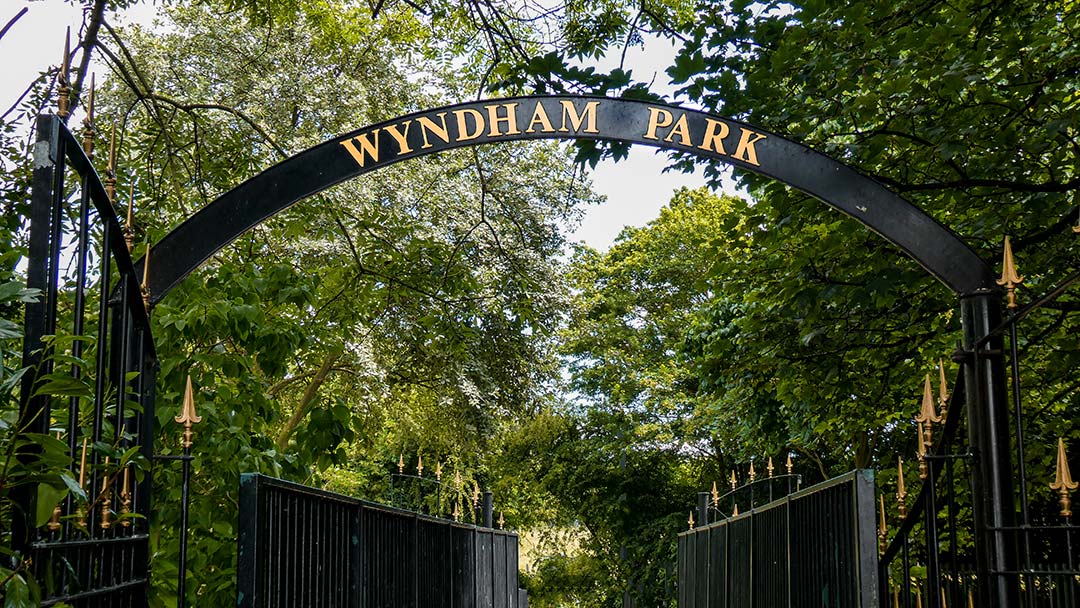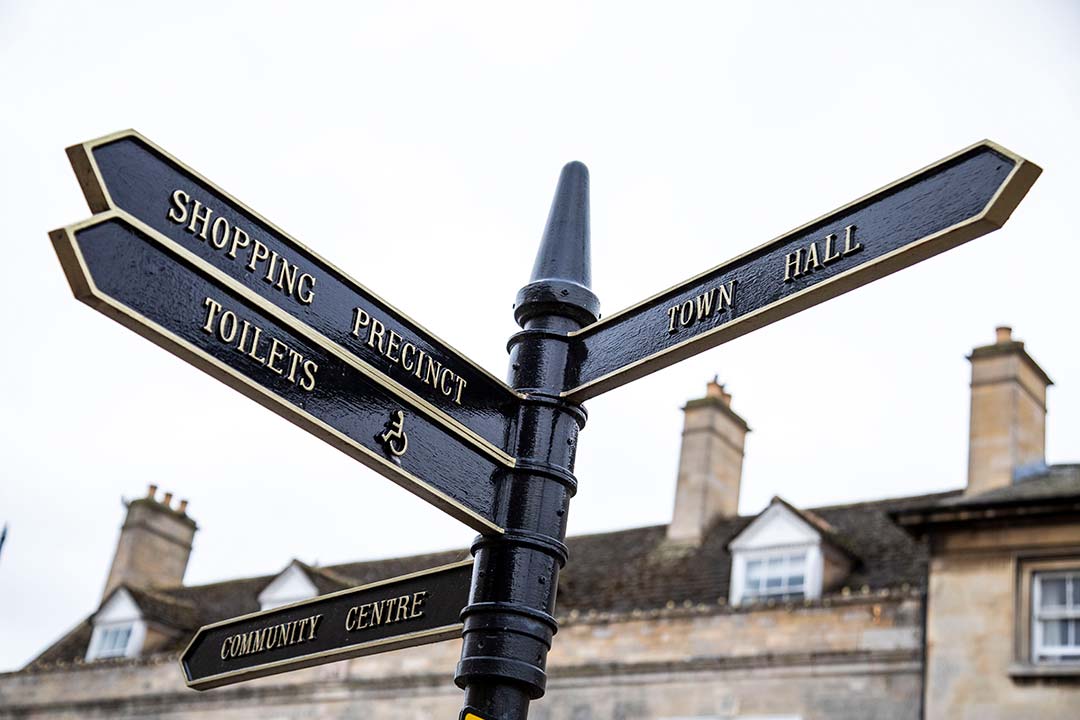Lincolnshire Day is celebrated every year on 1st October and marks the anniversary of the Lincolnshire rising, a revolt by Catholics against the establishment of the Church of England by Henry VIII in 1536.
The first official Lincolnshire Day was held in 2006 to commemorate the uprising. The date was voted for by readers of Lincolnshire Life magazine and BBC Radio Lincolnshire listeners.
The day aims to encourage local people, often known as yellowbellies, and those who have moved from the county to honour the historical event along with Lincolnshire’s traditions, past and culture. Some people dress up in yellow to celebrate the day, while others hold local events and decorate their workplaces with Lincolnshire flags.
What do we know about the Lincolnshire rising and what was the legacy?
Lincolnshire Day marks the anniversary of the Lincolnshire Uprising, a religious rebellion that began in 1536. When Henry VIII ordered the dissolution of the monasteries and established the Church of England, the Catholics revolted. Although the unrest initially started in Yorkshire, it was Lincolnshire that acted first.
Thomas Kendall was a Catholic vicar from Louth, a market town close to the Wolds. On 1st October 1536, it is thought that he informed his congregation of Henry VIII’s plan to remove all evidence of Catholicism from across England. He had been told that Royal Commissioners had been sent to seize any Catholic land and remove all valuables from the Church.
Word spread among the neighbouring towns of Horncastle, Market Rasen and Caistor and thousands of people gathered to revolt. The group was led by Nicholas Melton, a local shoemaker, who later became known as Captain Cobbler. As the Royal Commissioners arrived in Lincolnshire, they were met by thousands of rebels, who took them hostage and destroyed their official orders.
The group then continued to march to Lincoln, gathering thousands more people along the way. By the time they reached Lincoln Cathedral, there was around 50,000 protestors in the group, all demanding their freedom to worship from The King.
After just three days of protesting, Henry VIII threatened the group with military action. As The Duke of Suffolk was already heading towards Lincoln with an army, many rebels dispersed. Some were captured, including Thomas Kendall and Captain Cobbler. With the leaders of the rebellion all left facing execution, the Lincolnshire Rising was over.
Although the protest was short, all was not lost. The Lincolnshire Uprising paved the way for the ‘Pilgrimage of Grace’ – a far more serious rebellion that occurred in Yorkshire. Henry VIII later went on to describe Lincolnshire as “the most brute and beastly shire ye whole realm”.
Lincolnshire Day became a national day in 2006. The day was created to teach both locals and visitors about the history of the county, and to help honour those who lost their lives in the revolt.
This special day also gives everyone a chance to celebrate all things Lincolnshire – from the fantastic local produce to the beautiful historic attractions. Businesses across the county often host special events, and many fly Lincolnshire flags. As locals are known as ‘yellowbellies’, residents are also encouraged to wear something yellow to commemorate the day.
To celebrate Lincolnshire Day, South Kesteven District Council are hosting a special Lincolnshire Day Market, in Grantham Market Place on the 4th October. Stamford Brass will be playing at the event and there will be a special selection of Lincolnshire products!
The Lincolnshire Flag
The colours of the Lincolnshire Flag represent the county in the following way:
Green, symbolises the fertile fields and lush landscapes of the Lincolnshire Countryside.
Blue, represents the sea and waterways that border this maritime county.
Yellow, reflects the golden crops that cover the agricultural fields and to honour the yellowbellies moniker.
How do you celebrate Lincolnshire Day? We would love to hear from you: discover@southkesteven.gov.uk
